1. High-Energy Working Dogs – Border Collie
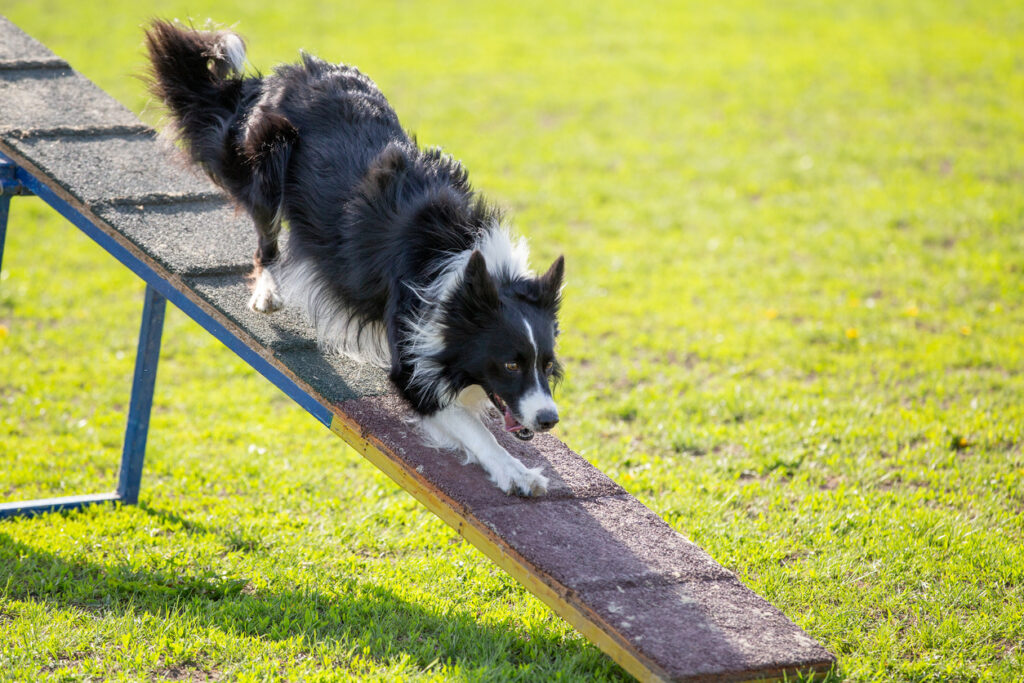
Dogs are wonderful companions, but not every breed fits every home. The Border Collie, for instance, is brilliant yet relentless. Bred to herd sheep all day, they crave constant mental and physical challenges. Without them, they get restless and start chewing, digging, and even herding children. Many owners find their intensity overwhelming because these dogs do not know how to relax. They need space to run, puzzles to solve, and work to do. Without all that, they turn destructive quickly. Border Collies are extraordinary partners for active owners but exhausting pets for families who simply want a calm companion.
2. Australian Shepherd
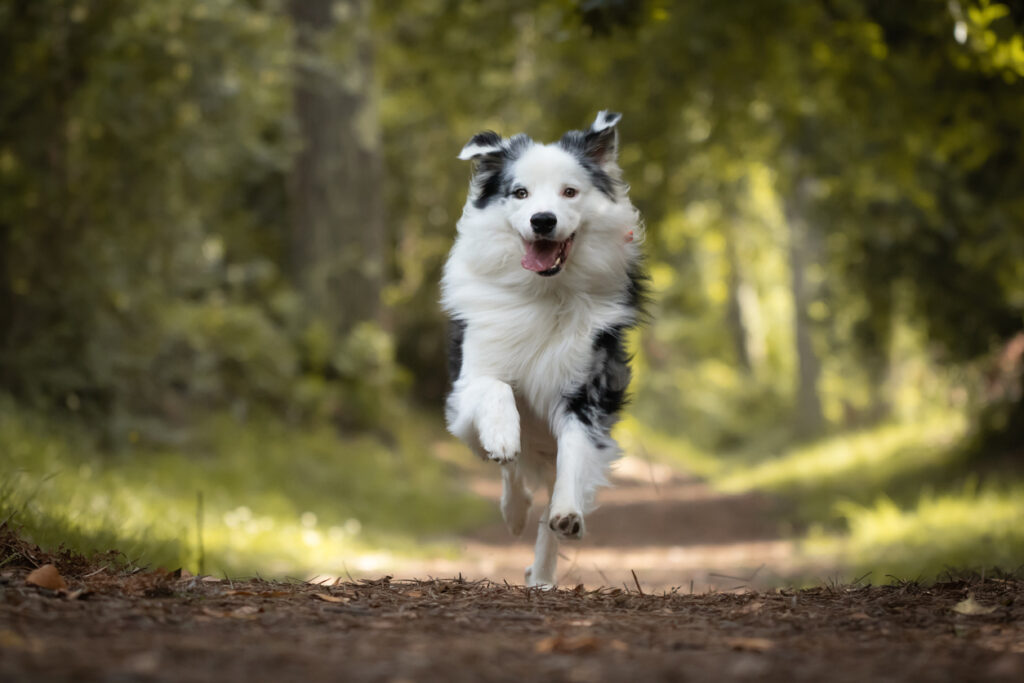
The Australian Shepherd is stunning, loyal, and incredibly driven. Originally bred to herd livestock from sunrise to sunset, their energy never fades. Without hours of exercise and challenging tasks, they quickly grow anxious and destructive. Families are often surprised when their Aussie starts herding kids or barking endlessly. This dog needs constant attention and purpose, not casual walks around the block. Their intelligence makes them wonderful working dogs but tough family pets. If they don’t have an outlet, they make one, often involving shredded furniture and worn-out owners. They’re amazing companions only for those who can match their energy.
3. Belgian Malinois
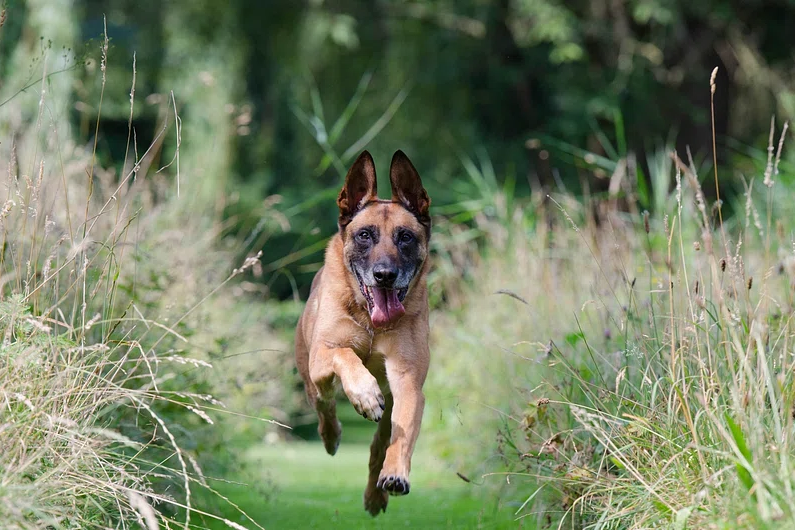
The Belgian Malinois is a powerhouse of strength and intelligence. Often used in military and police work, they need constant structure and training. In the wrong hands, their intensity becomes dangerous. Without direction, they develop anxiety or aggression, using their boundless energy in destructive ways. They require strong leadership and mental engagement every single day. Many families underestimate how demanding they are until it’s too late. These dogs thrive when they have real jobs to do, but in quiet suburban homes, they’re often too much to handle. The Malinois needs purpose, not comfort, to stay balanced and happy.
4. Siberian Husky
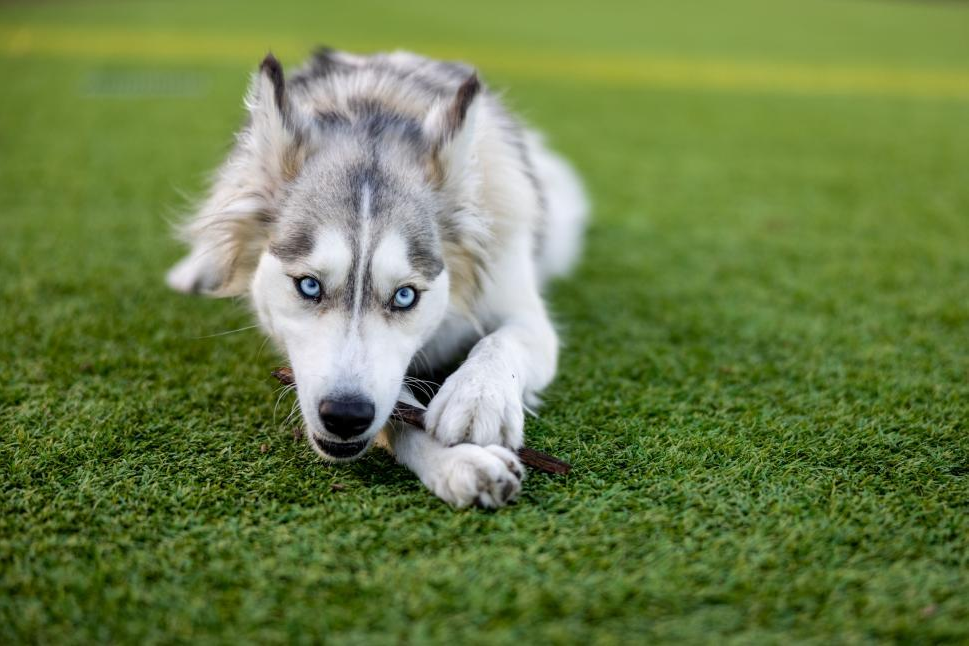
Siberian Huskies are breathtakingly beautiful with their striking eyes and thick coats, but their energy levels can drive even patient owners mad. Bred to run for miles in freezing tundra, they never tire. In modern homes, they howl, dig, and escape at every chance. Many owners underestimate their need for activity until they find fences destroyed and gardens ruined. Huskies thrive with constant exercise, cold weather, and strong leadership. Without those, they quickly turn rebellious and destructive. They’re adventurous souls who need space to run, not small apartments. Beauty aside, Huskies are a serious commitment only fit for the determined.
5. Alaskan Malamute
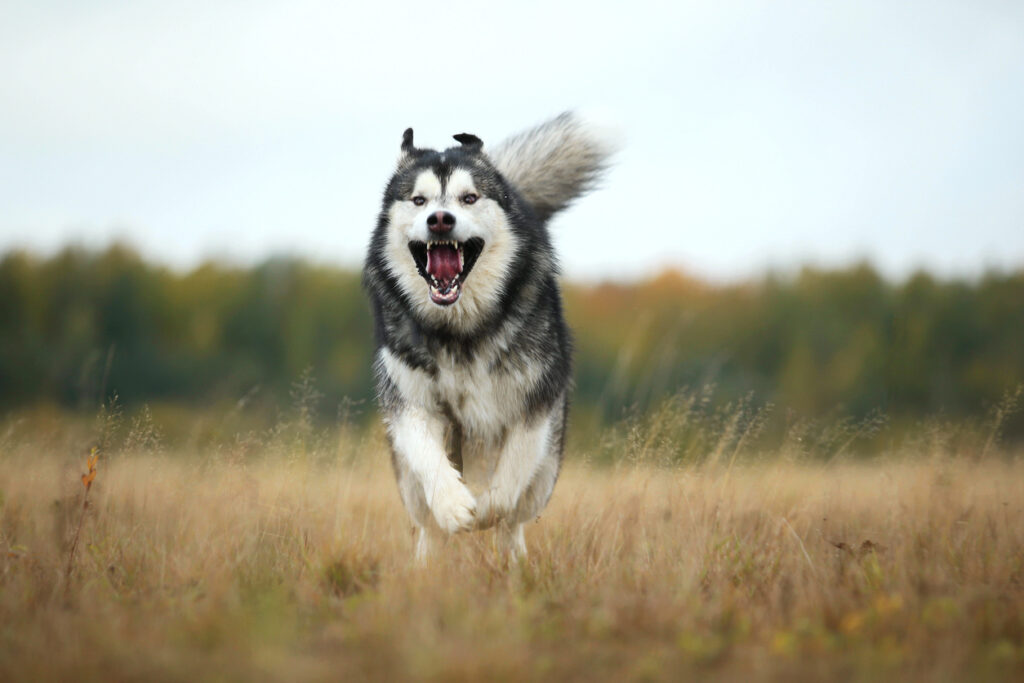
The Alaskan Malamute is majestic, powerful, and fiercely independent. Bred to haul sleds across frozen lands, they possess immense strength and stamina. In family homes, those same qualities turn into stubbornness and mischief. They often clash with other dogs and dig craters in the yard for entertainment. Without firm guidance and plenty of space, they become unmanageable. These dogs love challenges and dislike confinement. Many owners find themselves overwhelmed by their size, strength, and constant need for activity. The Malamute isn’t a typical pet; it’s a working dog that thrives only when its body and mind are constantly engaged.
6. German Shepherd
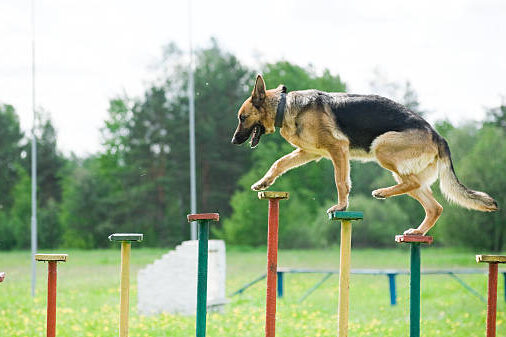
German Shepherds are brilliant and loyal, often used for police and service work, but that intelligence comes with intensity. They need purpose and structure or they become anxious and overprotective. Poorly socialized Shepherds may grow fearful or aggressive toward strangers. They need early training, discipline, and daily stimulation. Without it, their strength and smarts turn against their owners. These dogs crave work, not idle days indoors. Many families mistake loyalty for low maintenance, only to discover a demanding companion. When trained well, they’re heroes. When neglected, they’re heartbreaking. The German Shepherd requires time, respect, and experienced hands to truly flourish.
7. Vizsla

Vizslas are often called “Velcro dogs” for good reason. They stick to their owners like glue and panic when left alone. Their love is deep but demanding. Without company, they chew, dig, and whine endlessly. Combined with their boundless energy, this makes them exhausting for most households. They need constant exercise and companionship to stay balanced. While they adore human affection, their emotional intensity can feel overwhelming. They’re happiest with active owners who can spend most of the day together. For busy families or those away from home often, the Vizsla’s loving nature quickly becomes a source of daily stress.
8. Weimaraner
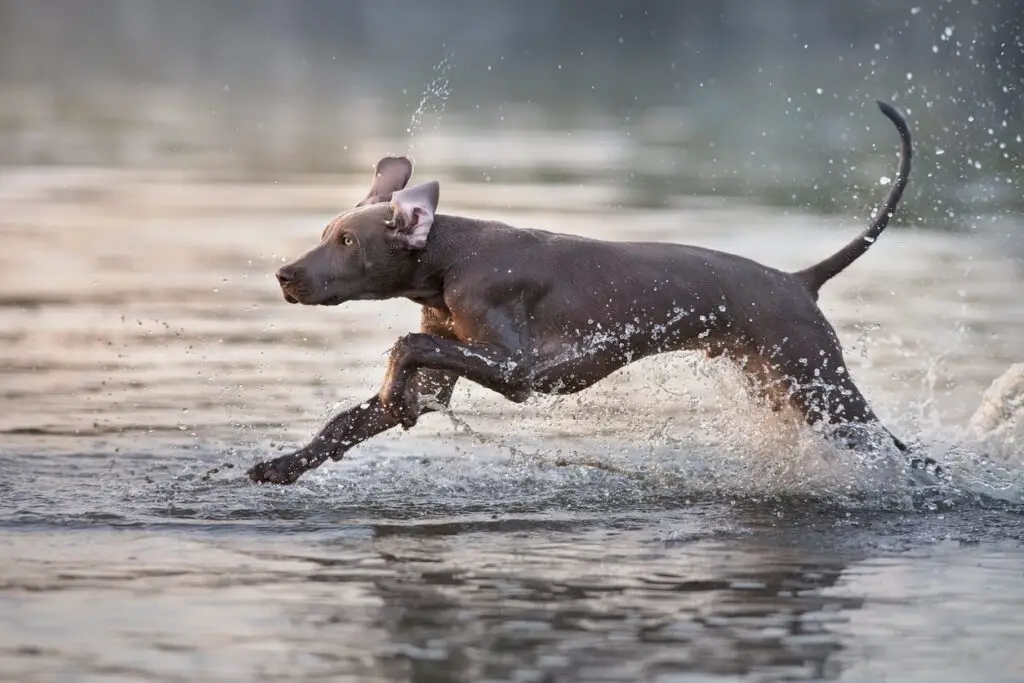
Sleek, elegant, and athletic, Weimaraners were bred to hunt big game. Their restless nature makes them one of the most energetic breeds around. Without daily workouts and mental challenges, they become anxious and destructive. They hate being left alone, often barking or pacing until their people return. Their clingy temperament adds to the challenge, as they crave near-constant attention. For owners who love long runs and outdoor adventures, they’re loyal and affectionate companions. But for those expecting a calm house pet, Weimaraners are overwhelming. Their stunning looks hide a breed that demands endless energy, patience, and emotional availability.
9. Catahoula Leopard Dog
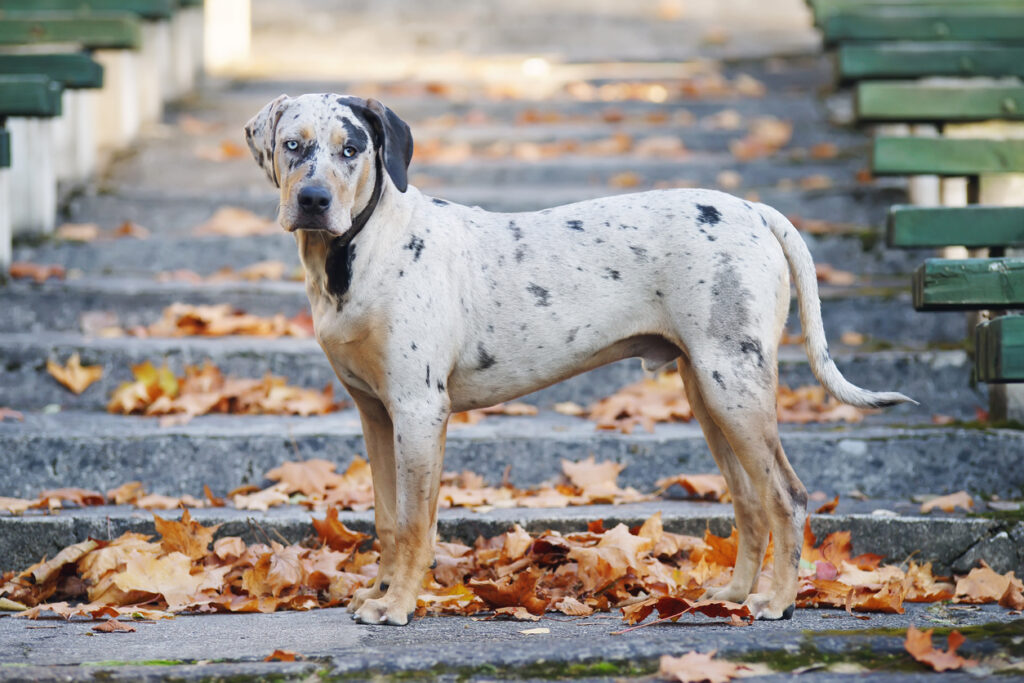
Catahoulas are bold, intelligent, and built for the wild. Originally bred in Louisiana to hunt hogs and herd cattle, they’re territorial and strong-willed. In homes without firm leadership or wide-open space, they become destructive and defiant. They’re wonderful with experienced owners who can provide structure and activity but frustrating for beginners. Their striking coats and bright eyes lure people in, only for them to realize the breed needs more than affection. Catahoulas demand purpose, boundaries, and exercise. Without all three, they quickly turn restless and stubborn. They’re beautiful animals but far too tough for casual or first-time dog owners.
10. Rhodesian Ridgeback
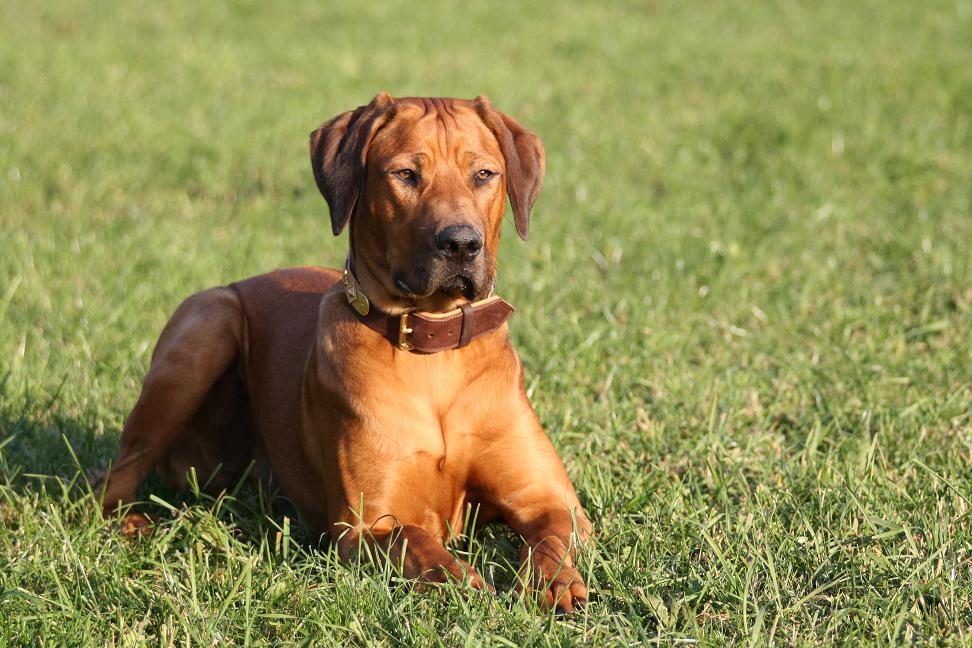
The Rhodesian Ridgeback was bred in Africa to track lions, and that fearless nature still defines them today. They’re strong, confident, and deeply loyal but also stubborn and independent. Without early training and firm discipline, they take charge of their households. Their sheer size and strength make them dangerous in untrained hands. Ridgebacks need space, patience, and an experienced owner who understands their bold spirit. When raised right, they’re gentle guardians. But without guidance, they become unmanageable. Their courage is legendary, yet it often clashes with family life, making them better suited for dedicated, structured, and confident dog owners.
11. Noisy Dogs – Beagle

Adorable and full of charm, the Beagle wins hearts instantly with its big brown eyes and wagging tail. Yet, behind that cuteness is a voice that rarely goes quiet. Bred for hunting, Beagles use their powerful howl to alert others from miles away. In modern homes, that same howl turns into endless noise at passing cars or neighborhood sounds. They bark out of excitement, curiosity, or boredom. Their persistence can wear anyone down, especially in apartments or quiet areas. Beagles need activity and attention, but without them, they’ll fill the silence with songs that few neighbors appreciate for long.
12. Bloodhound
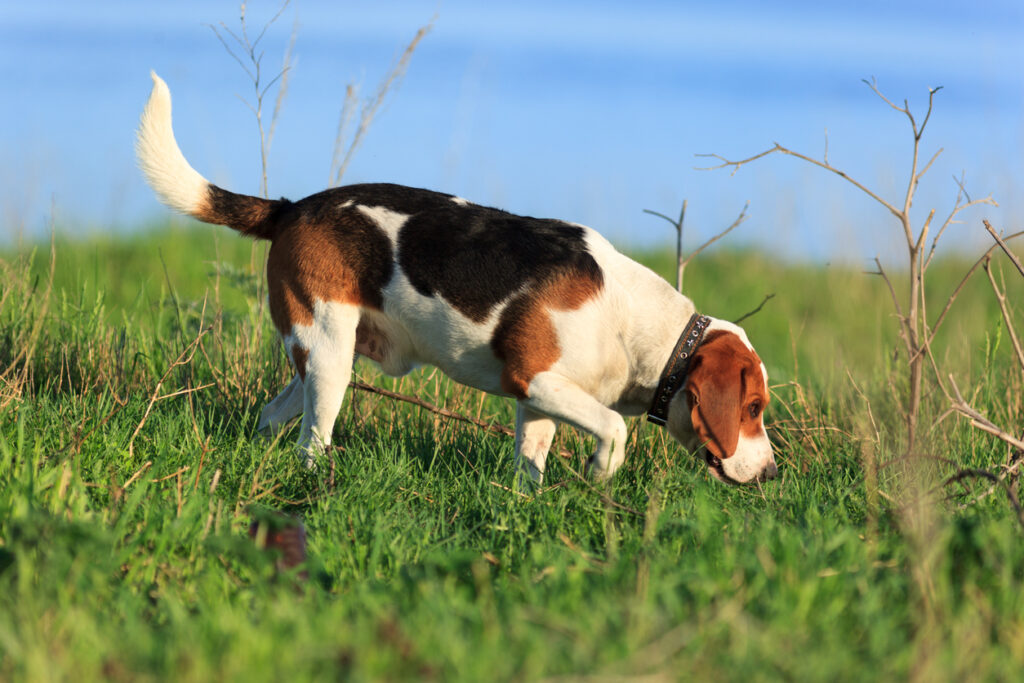
The Bloodhound’s droopy face and gentle eyes make them look like sleepy giants, but their voice tells a different story. Originally bred for tracking, they developed deep, booming bays that could carry across open fields. In homes, those same sounds shake walls and hearts alike. Even a relaxed Bloodhound “sings” when excited, bored, or lonely. While their loyal and calm nature wins affection, their nonstop vocal expressions test patience. They’re happiest in wide spaces where their voice can echo freely. For families craving peace and quiet, a Bloodhound’s famous howl may be far more than they bargained for.
13. Chihuahua
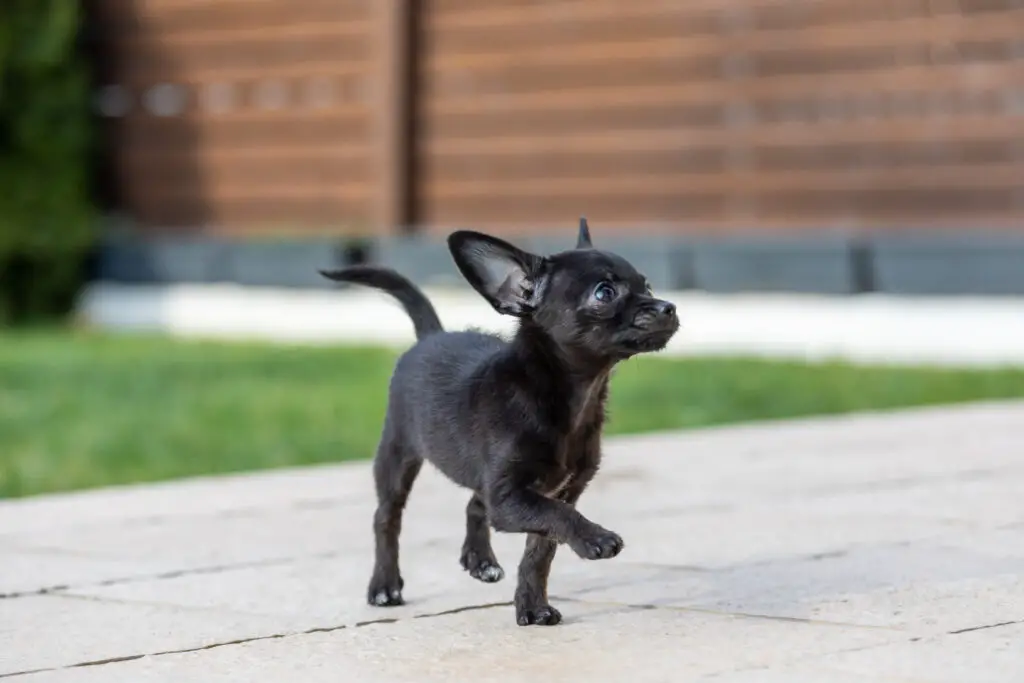
Small but fierce, the Chihuahua is living proof that size doesn’t measure confidence. These tiny watchdogs bark at every sound, shadow, and stranger. Their sharp voices fill rooms faster than you can say “quiet.” While their alertness once made them excellent guardians, in modern homes it becomes nonstop noise. They’re protective, reactive, and quick to express disapproval of anything unfamiliar. Without training, their bark becomes their favorite tool for communication. For people in apartments or calm neighborhoods, this breed can be overwhelming. Chihuahuas love attention, but they love announcing every movement around them even more, turning silence into chaos.
14. Siberian Husky
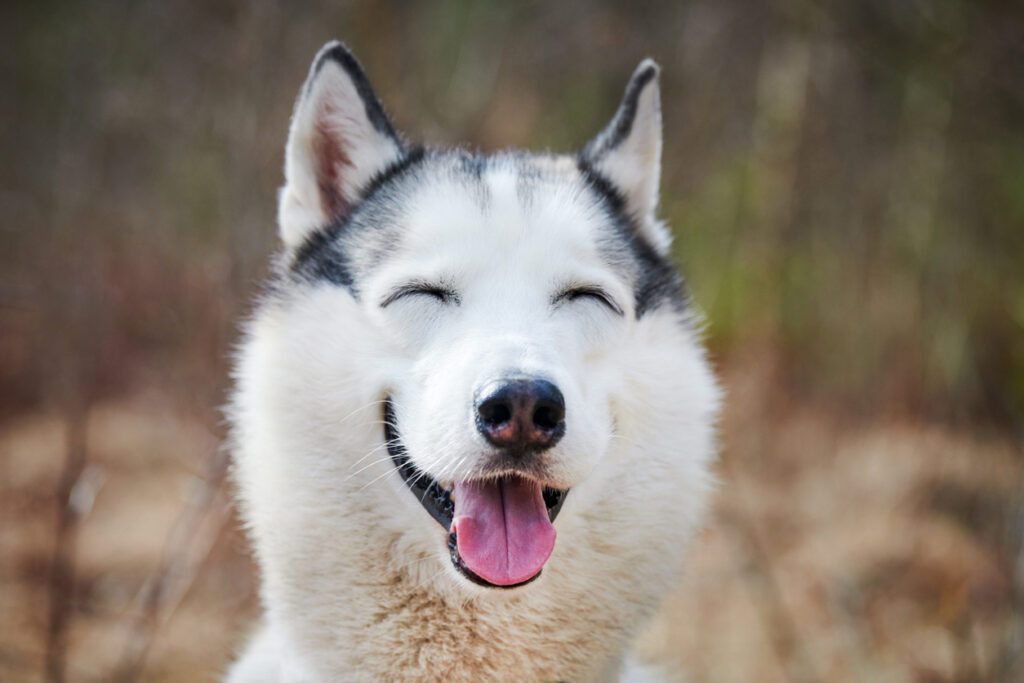
The Siberian Husky may look majestic, but its voice is anything but quiet. Known for their haunting howls and talkative nature, they rarely stop vocalizing. They don’t just bark, they “speak,” whine, and sing as if holding conversations with their owners. While this behavior charms online audiences, it quickly becomes tiring in real life. Huskies were bred for teamwork and communication on long journeys, which explains their constant noise. Without enough exercise and interaction, they howl out of boredom or protest. Their sounds can carry for blocks, making them beautiful but noisy companions for anyone craving peaceful homes.
15. Miniature Schnauzer

The Miniature Schnauzer is bold, lively, and protective to the core. They were once farm guardians, alerting owners of danger with sharp barks. Today, that same instinct makes them sound off at every visitor, noise, or passing car. Their bark is high-pitched, repetitive, and hard to ignore. Even with training, their urge to warn never fully fades. They’re fiercely loyal but not ideal for homes that need quiet. Schnauzers thrive when given purpose and stimulation, but without it, they’ll find reasons to bark endlessly. Beneath their wiry coats lies a big voice that demands constant attention and endless patience.
16. Velcro Dogs (Too Needy) – Vizsla
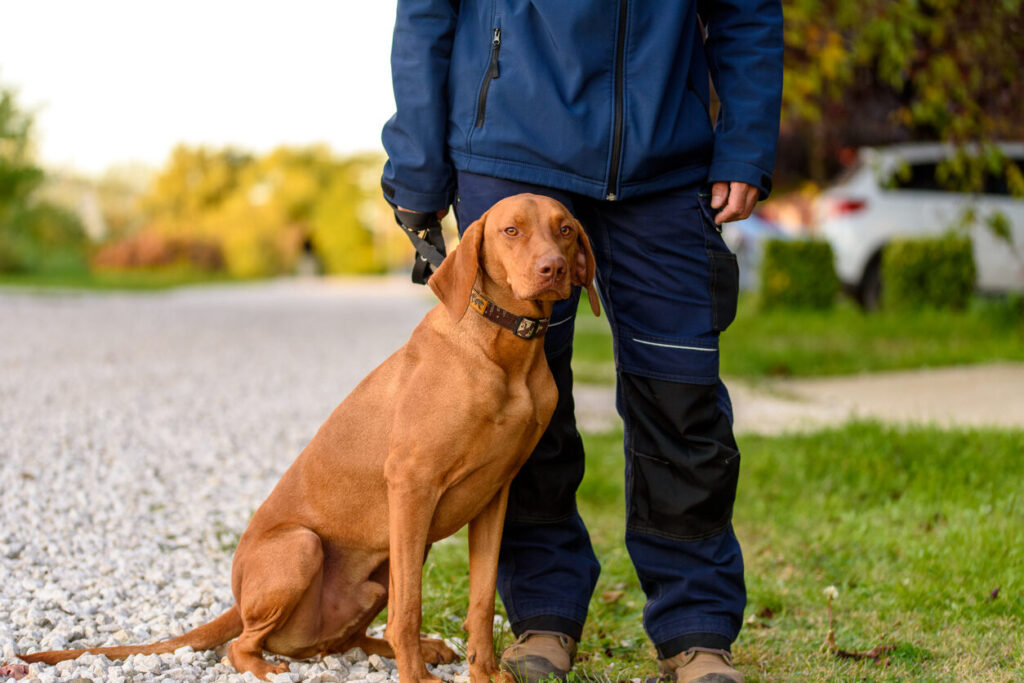
The Vizsla is affectionate to the core, often called the “Velcro dog” for how closely it bonds to its people. They crave constant contact, following owners from room to room like a shadow. When left alone, they panic, chew, or bark until exhaustion. Their emotional sensitivity makes them loving companions but difficult for busy households. These dogs thrive on physical activity and human touch, not solitude. Without steady companionship, they become anxious and restless. For people working long hours or gone often, the Vizsla’s need for closeness becomes a daily challenge rather than the comfort it’s meant to be.
17. Labrador Retriever
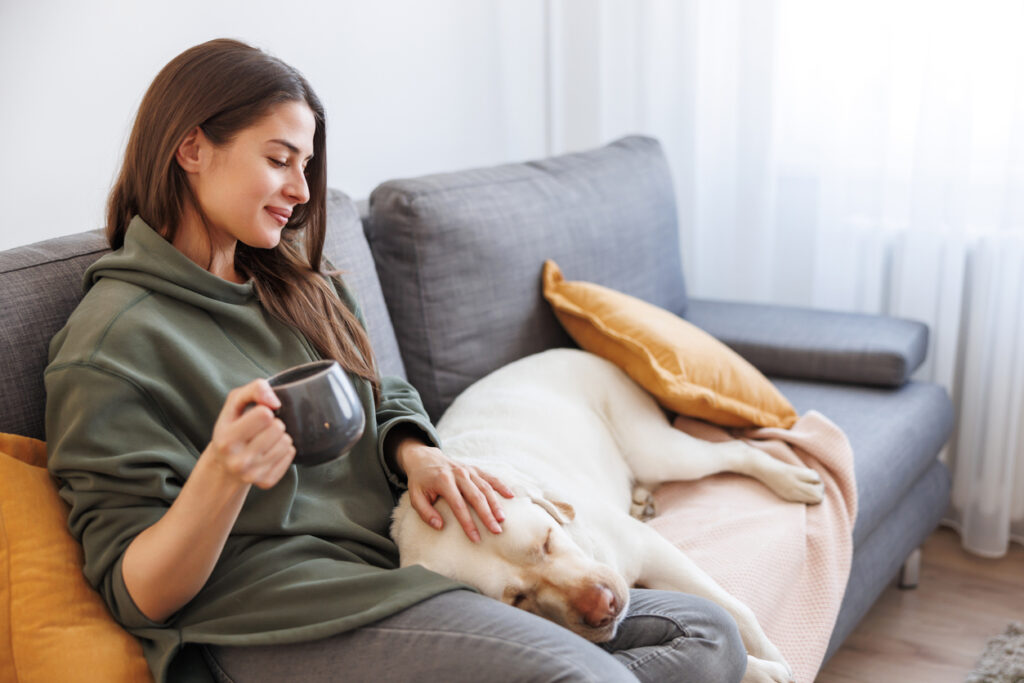
Labradors are famous for their friendliness, but behind that charm lies a dog that hates being alone. They bond deeply with their families and feel lost without them. When ignored or left behind, they act out by chewing, barking, or digging. Their love for people runs so deep that solitude feels unbearable. Many owners mistake their easygoing nature for independence, but Labs need constant connection. They’re best suited for active families or work-from-home owners. Their joy comes from companionship and activity, not isolation. Without those, their good-hearted energy turns into frustration, making them surprisingly high-maintenance for such a beloved breed.
18. Cavalier King Charles Spaniel
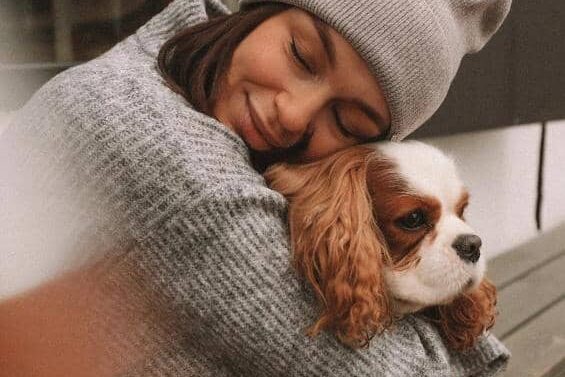
Gentle, sweet, and endlessly loving, the Cavalier King Charles Spaniel lives for affection. They thrive when near their humans, often curling up beside them for hours. When left alone their world collapses. Many develop anxiety or depression, showing it through whining or destructive behavior. They’re sensitive souls who crave companionship more than independence. Perfect for seniors or homebodies, they struggle in busy households where people come and go. Their big, trusting eyes tell you everything, they want love every moment of the day. Without it, their cheerful spirits fade, revealing just how fragile their happiness truly is.
19. Italian Greyhound
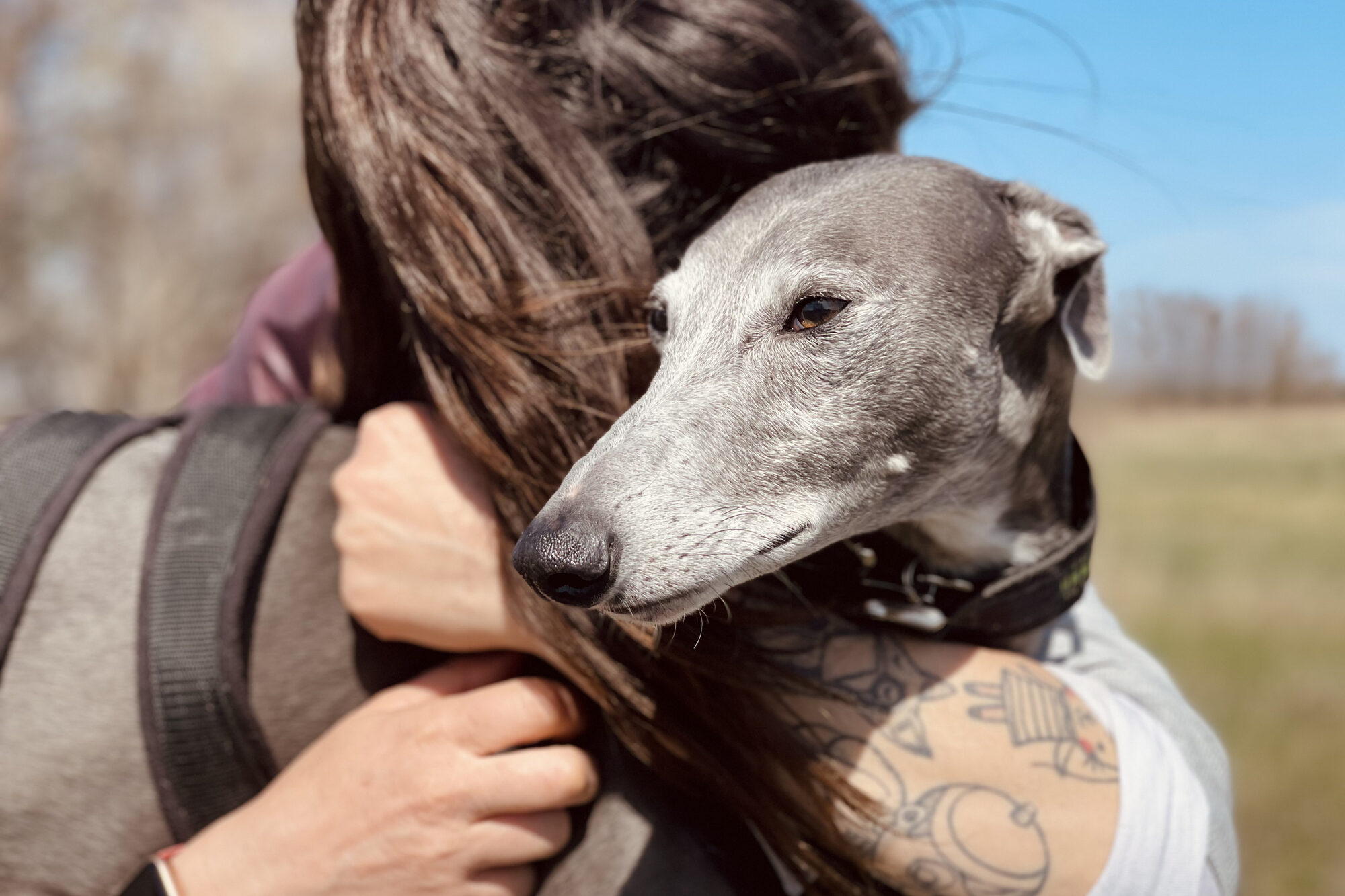
Delicate and devoted, the Italian Greyhound attaches deeply to its owner’s presence. They love warmth, comfort, and quiet companionship. But when left alone, their sensitive nature turns to distress. They cry, pace, or even have accidents indoors from nervousness. Their slim build and soft temperament make them ideal for gentle, calm homes, not loud or chaotic ones. Italian Greyhounds want consistency and affection, not long separations. For those who work from home, they’re sweet, graceful friends. But for anyone gone often, their sensitivity becomes a burden. They’re beautiful companions whose hearts simply cannot handle too much solitude.
20. French Bulldog
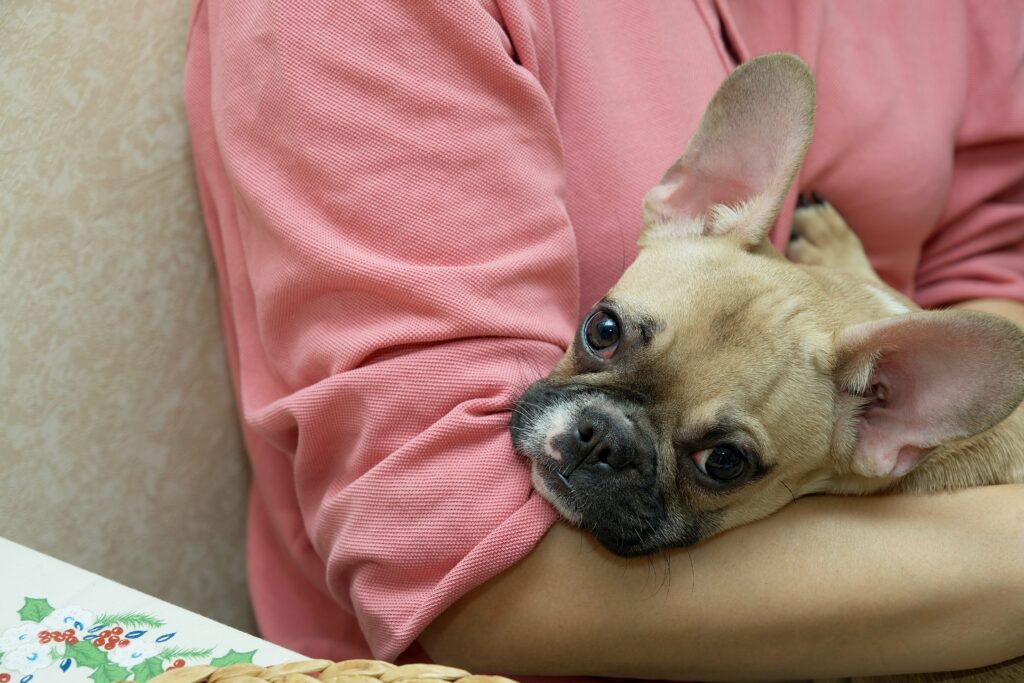
French Bulldogs are adored for their goofy faces and lovable charm, but their hearts are far needier than most imagine. They crave attention around the clock and become restless or moody when ignored. Many act out by barking, chewing, or sulking to get noticed. Their stubborn streak only makes things harder, as they demand love on their own terms. Though small in size, they require a huge emotional commitment. For people who enjoy constant companionship, Frenchies are perfect. But for anyone seeking an independent pet, their clingy personality quickly overwhelms. They’re irresistibly cute yet endlessly demanding in daily life.
21. Short-Lived Giant Breeds – Great Dane
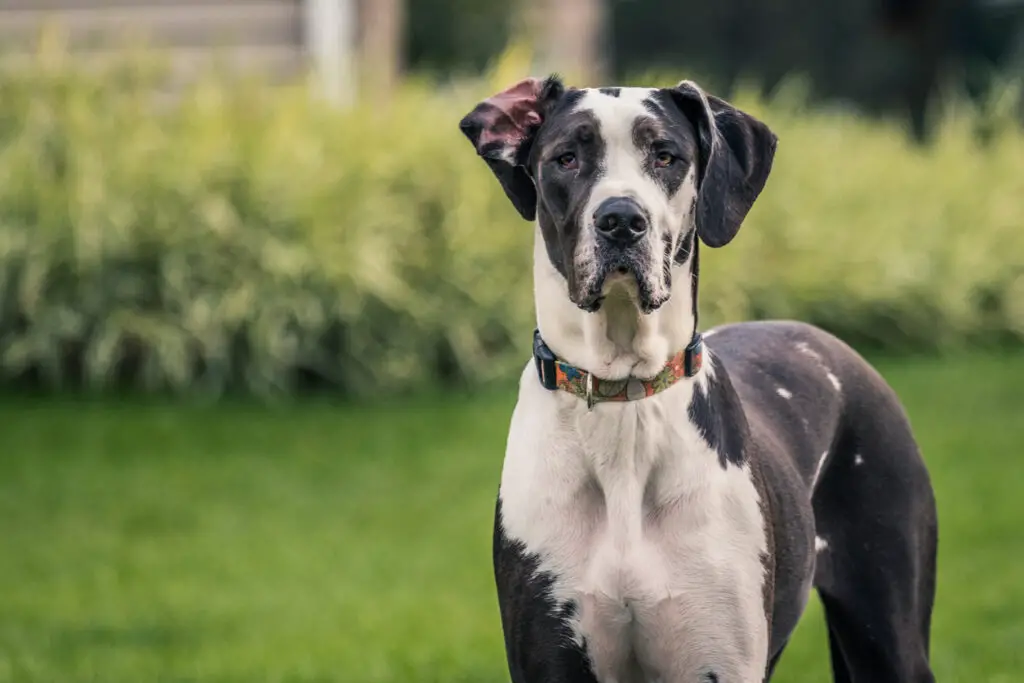
The Great Dane is often called the “gentle giant,” loved for its calm and affectionate nature. They’re loyal, patient, and devoted to their families, yet their massive size shortens their time on earth. Most live only six to eight years, leaving owners heartbroken far too soon. Their huge frames strain their hearts and joints, causing health problems early in life. They thrive on love and companionship but require space and careful care. For many, the hardest part of owning a Great Dane isn’t training or feeding, it’s saying goodbye to such a loyal friend far earlier than expected.
22. Irish Wolfhound

The Irish Wolfhound is majestic and kind-hearted, towering above nearly every other breed. Their calm nature makes them gentle companions, but their size comes at a price. Most live just six to eight years, often battling heart disease and joint issues. They grow fast, love deeply, and leave too soon. Families fall in love with their noble personalities only to face heartbreak sooner than imagined. They’re quiet, affectionate, and loyal to a fault, yet their short lifespan makes each year precious. For those who can handle the sorrow that comes early, the Irish Wolfhound’s love is worth every moment.
23. Bernese Mountain Dog
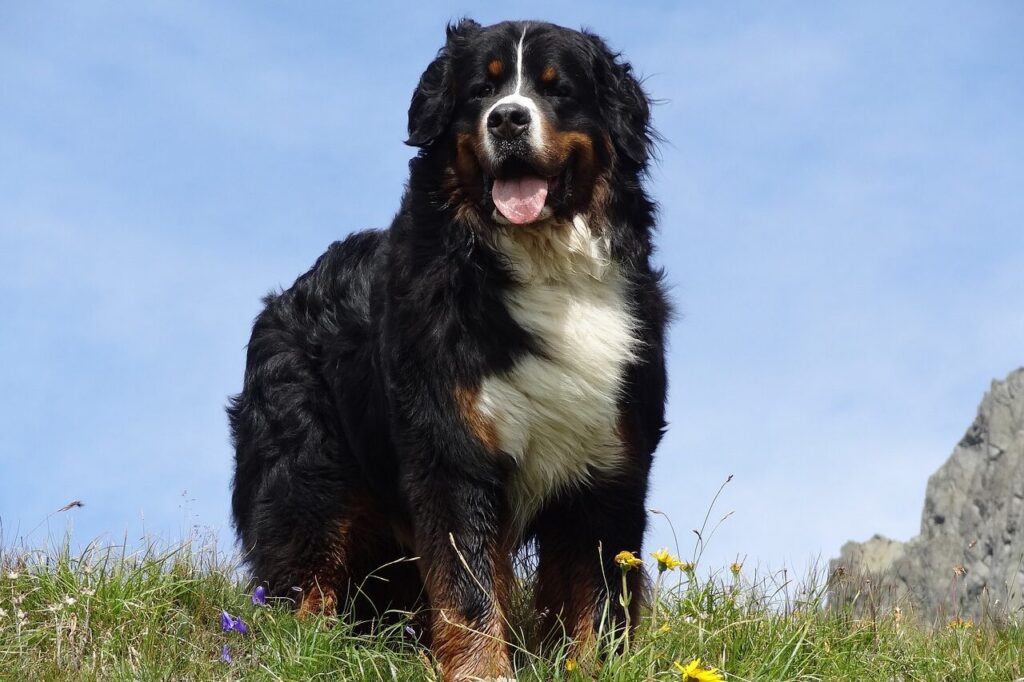
The Bernese Mountain Dog wins everyone over with its kind eyes and gentle spirit. They’re wonderful with children and loyal to the core. Sadly, their lives are heartbreakingly short. Most Bernese only live around seven or eight years due to their high risk of cancer and genetic health problems. Families often fall for their warmth and friendliness, only to face devastating loss far too soon. They need regular vet care, gentle exercise, and plenty of affection to stay happy. Their sweetness makes them unforgettable companions, but owning one also means accepting the pain of saying goodbye much earlier than expected.
24. Saint Bernard
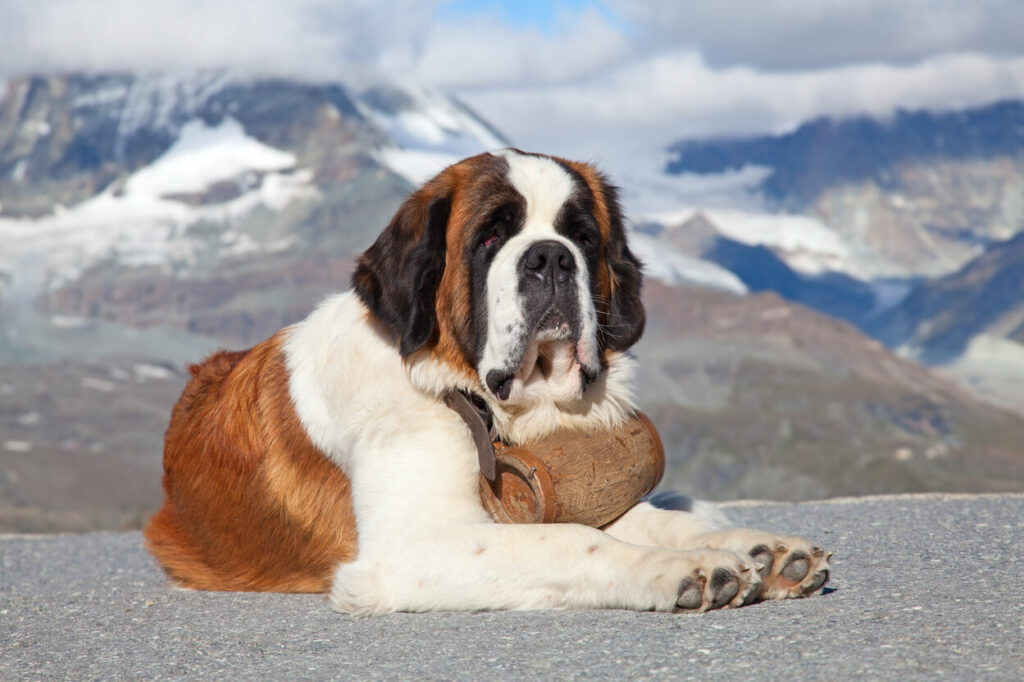
Saint Bernards are gentle, loving, and famous for their history as rescue dogs in snowy mountains. They adore people and are endlessly patient, especially with children. Yet their large size comes with health problems that shorten their lives. Many face hip dysplasia, heart issues, and bloat, living only eight years or less. Their massive bodies need space, grooming, and care that can overwhelm families. They drool constantly and require effort to keep clean, but their affection is pure. With Saint Bernards, every year feels like a blessing because their warmth and loyalty never last as long as they should.
25. Mastiff
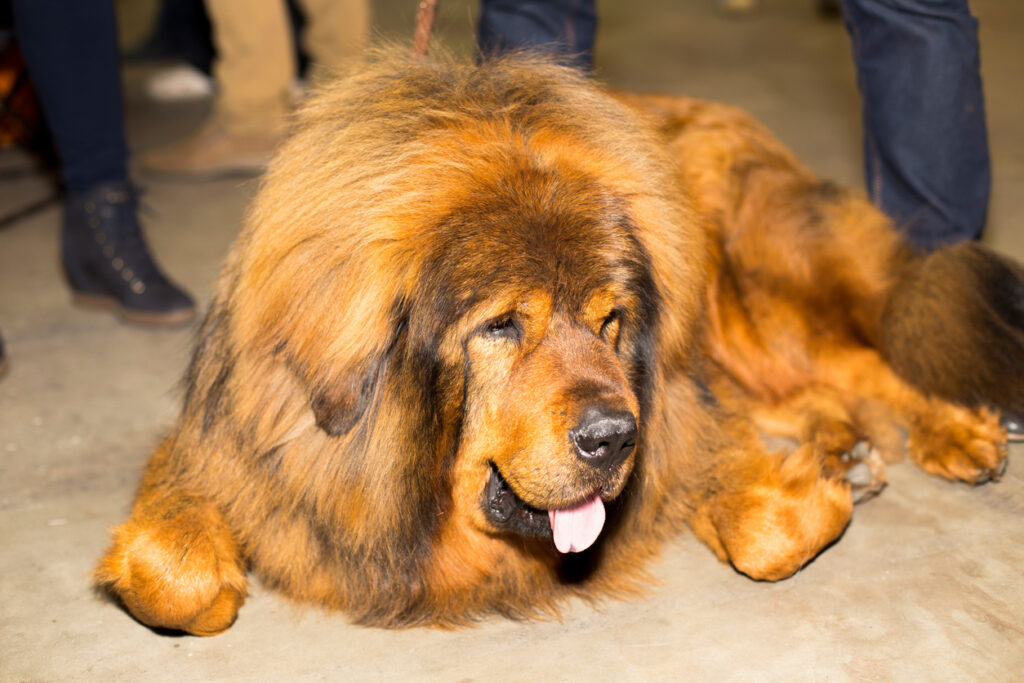
Mastiffs are calm, loyal guardians who watch over their families with quiet devotion. Their strength and size command respect, yet those same traits take a toll on their health. Many suffer from arthritis, cancer, and heart problems early in life, living just six to eight years. Despite their intimidating appearance, they’re gentle and affectionate. They crave closeness and love relaxing near their people. The hardest part about owning a Mastiff isn’t their care, it’s knowing how short their time will be. They remind owners to love deeply and appreciate every quiet moment shared before time runs out.
26. Dogs Who Often Have Serious Health Problems – Bulldog
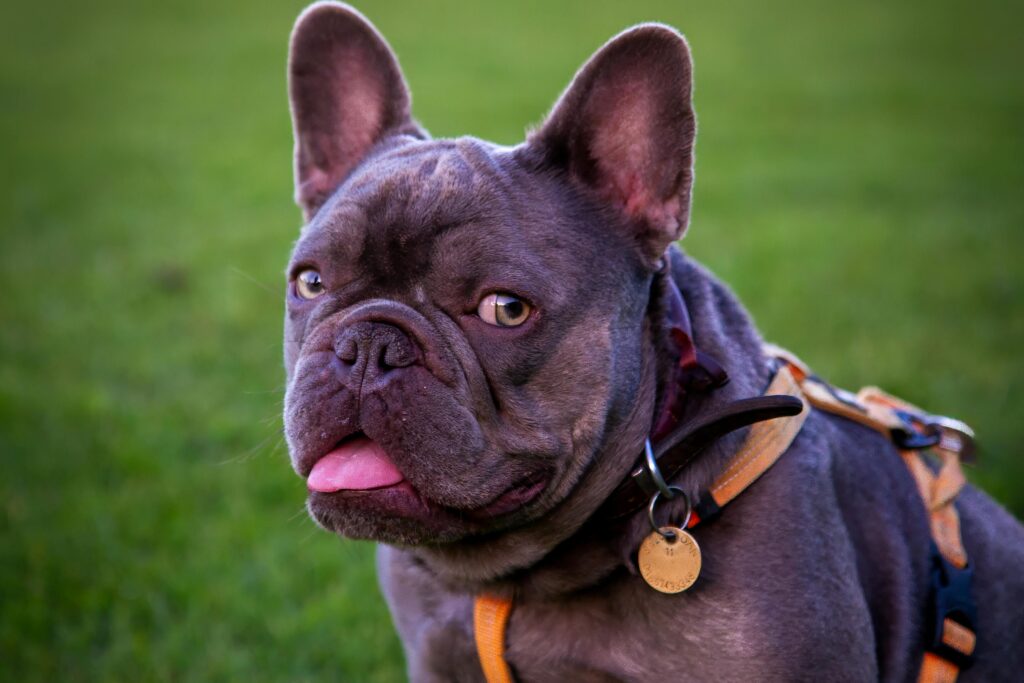
With their wrinkled faces and stocky builds, Bulldogs are beloved mascots. But their flat faces make breathing difficult, especially in heat. Many need surgery just to breathe normally. Add skin infections, joint issues, and short lifespans, and Bulldogs are heartbreakingly fragile despite their tough looks. They overheat quickly, struggle with exercise, and often require constant vet attention. While they adore people and love lounging around, their health challenges make them one of the hardest breeds to care for. Their charm is undeniable, but owning one means constant medical bills, limited activity, and deep emotional investment in their fragile well-being.
27. French Bulldog
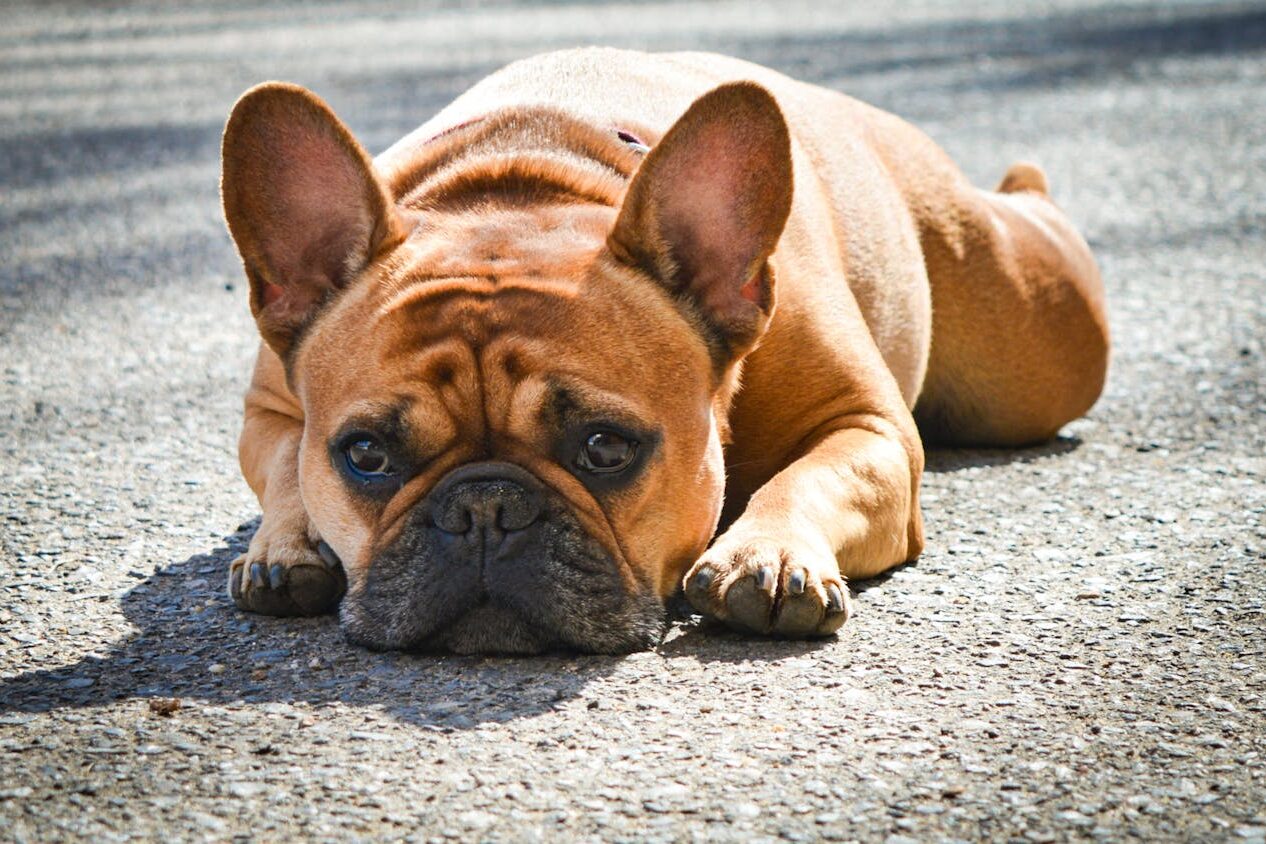
Now the world’s most popular breed, Frenchies suffer from spinal problems, breathing difficulties, and frequent need for expensive surgery. Their charm and personality lure families, but few realize the medical struggles these dogs face. Their short muzzles cause constant respiratory distress, and many can’t handle heat or long walks. They’re also prone to allergies and chronic ear infections. Despite their adorable personalities, French Bulldogs are among the unhealthiest breeds alive today. Their popularity drives overbreeding, making their health issues worse. Families who choose them must be prepared for high vet costs and careful, lifelong attention to their comfort and care.
28. Pug

Playful and full of personality, Pugs have faces that make people smile, but those same features cause chronic suffering. Their short muzzles lead to breathing issues, and their bulging eyes are easily injured. Many can’t tolerate heat or heavy exercise, leaving them prone to exhaustion and respiratory problems. Their wrinkles trap moisture, leading to frequent infections. Though affectionate and funny, Pugs require constant care to stay healthy. They’re happiest in cool environments with owners who understand their needs. Behind every snort and snuggle lies a dog whose joy depends on how well its owner manages its fragile health and comfort.
29. Shar Pei
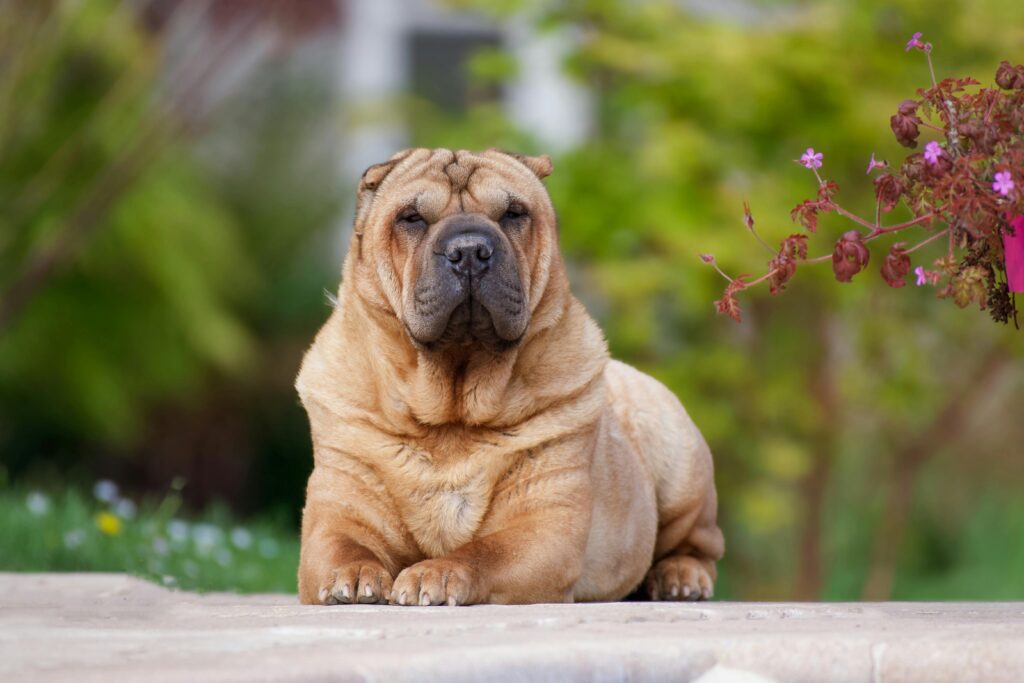
Famous for their wrinkled skin, Shar Peis often suffer from painful infections and eye problems caused by their folds pressing inward. Many develop hip dysplasia, arthritis, and chronic inflammation that shortens their lifespan. Owners quickly learn those adorable wrinkles require daily cleaning and vet visits. Their stubborn nature adds another layer of difficulty, especially when handling medical routines. Shar Peis are loyal and protective but come with lifelong health management needs. Their appearance hides a sensitive, high-maintenance companion whose beauty comes at a steep cost. For unprepared families, the constant care and expenses quickly overshadow their distinctive charm.
30. Dalmatian

Their unique spots made them stars in film and history, but Dalmatians face serious genetic issues. Up to 30 percent suffer from partial or total deafness, and many struggle with urinary stones that cause painful blockages. Their skin is sensitive, leading to constant itching and allergies. Though energetic and playful, their health problems require vigilant care and specialized diets. Families drawn to their beauty often underestimate the work needed to keep them comfortable. Behind those striking coats and bright eyes lies a fragile system prone to trouble. Owning a Dalmatian means balancing admiration with dedication to their complex health needs.
31. Stubborn and Independent Dogs – Akita
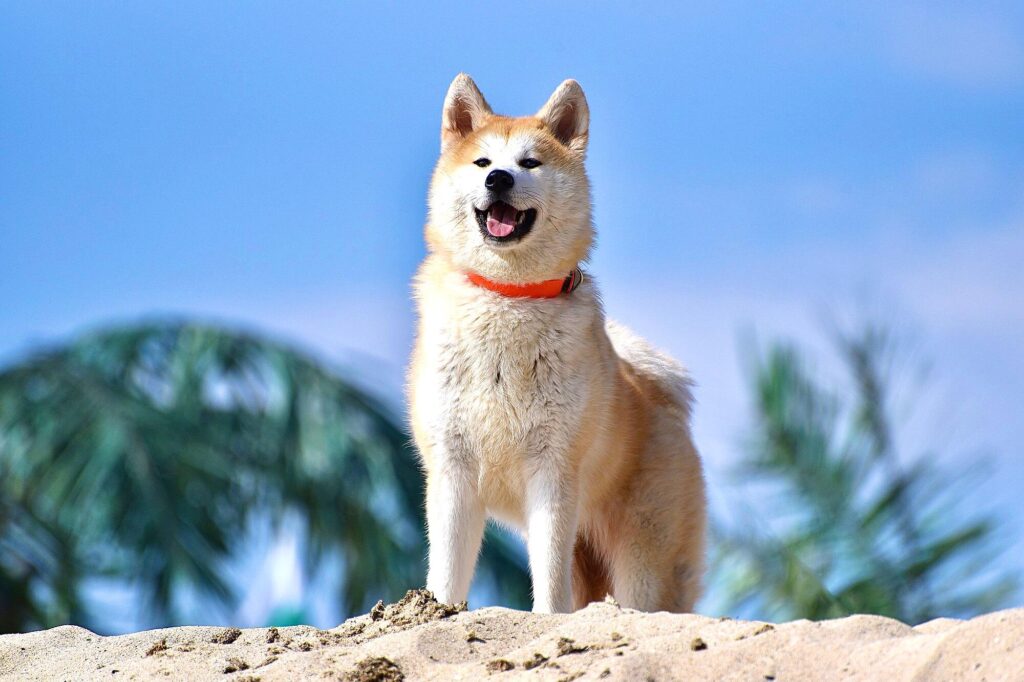
Akitas are powerful, noble dogs with deep loyalty to their families. But they’re also extremely independent and dominant. Without firm guidance, they challenge authority and may become aggressive toward other dogs or strangers. Their aloofness makes them dignified but difficult companions. Akitas demand confident owners who can establish respect and consistency from day one. They’re not easily impressed or controlled, and harsh training only fuels defiance. With patience and understanding, they become loyal protectors, but in the wrong hands, their strength and willpower make them dangerously unpredictable. They’re best suited for experienced handlers, not first-time dog owners.
32. Shiba Inu
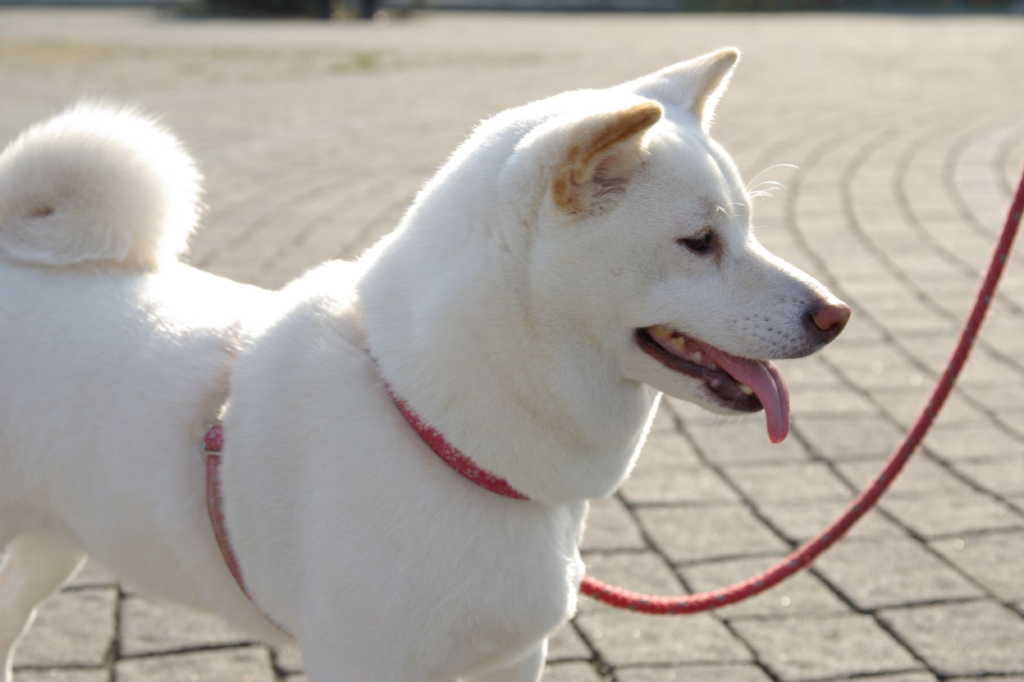
Often called “cats in dog bodies,” Shiba Inus are clean, proud, and fiercely independent. They dislike being told what to do and often ignore commands entirely. Their intelligence and curiosity make them skilled escape artists, slipping through fences or harnesses with ease. Many owners underestimate their stubborn streak until training becomes a battle of wills. While their fox-like faces and confident personalities attract admirers, their free spirit frustrates inexperienced handlers. Shibas love affection on their own terms and refuse to be forced into anything. They’re clever, strong-minded, and captivating but require patience and humor to truly enjoy as companions.
33. Chow Chow
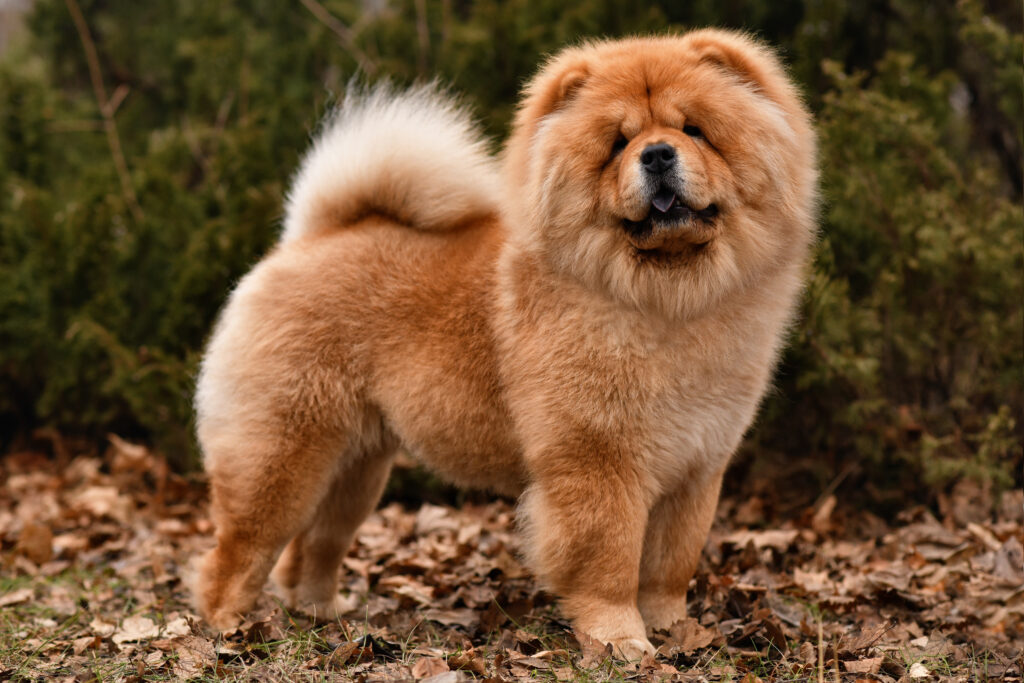
With their lion-like manes and regal stance, Chow Chows look majestic but act like royalty too. They’re proud, independent, and easily offended by rough treatment or poor training. Suspicious of strangers and territorial by nature, they can become aggressive without early socialization. Many mistake their calm appearance for gentleness, but Chow Chows are dominant and stubborn. They respect firm, consistent leadership, not force. Their loyalty is earned, never assumed. While stunning in appearance, they’re far from cuddly companions. They demand respect, patience, and skillful handling, making them one of the most challenging breeds for casual or inexperienced dog owners.
34. Basenji
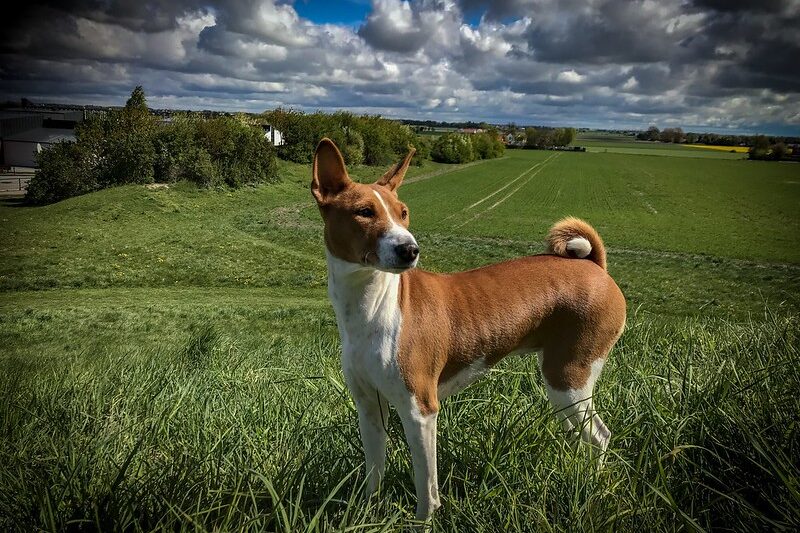
Known as the “barkless dog,” the Basenji is full of surprises. Instead of barking, they yodel, whine, and even scream to express themselves. Independent to the core, they obey only when it suits them. Their intelligence makes them quick learners, but their stubbornness keeps them from caring about commands. They’re active, curious, and mischievous, often getting into trouble when left unsupervised. Basenjis require patience, creativity, and humor from their owners. They’re fascinating for people who enjoy a challenge but frustrating for those expecting obedience. Their quiet yet strong-willed personality makes them unforgettable but difficult companions for the average household.
35. Afghan Hound

Elegant and graceful, the Afghan Hound is a vision of beauty with a mind of its own. Bred to hunt independently, they developed an aloofness that carries into domestic life. They rarely obey commands and prefer doing things their own way. While affectionate in their own quiet style, they often seem detached or uninterested in training. Many owners find them more decorative than obedient. Grooming their long, silky coats requires constant effort, adding to the challenge. Beneath their stunning exterior lies a fiercely independent spirit that makes them better suited for admirers of beauty than seekers of obedience.
36. Scottish Terrier
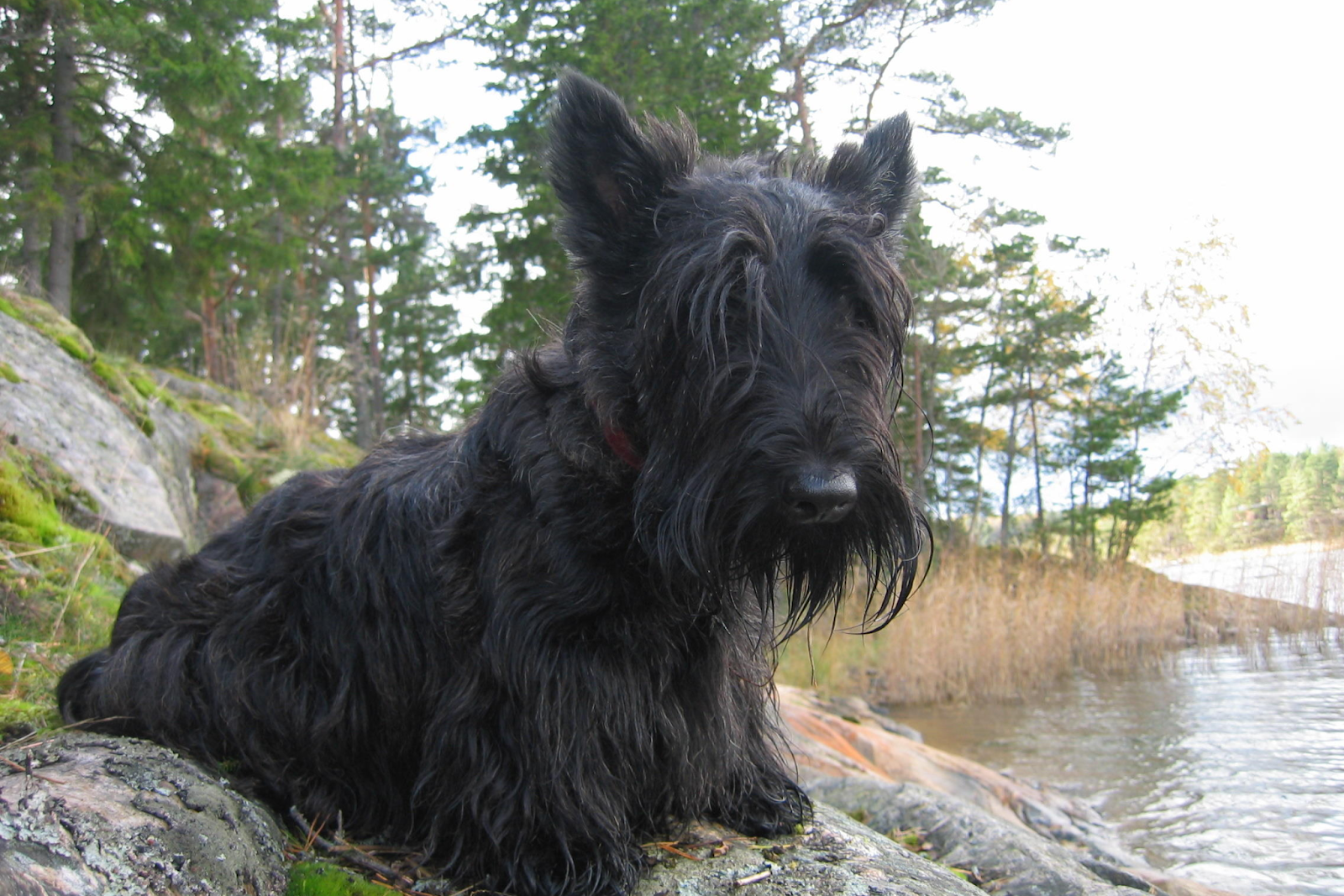
Small but fearless, the Scottish Terrier is packed with personality and determination. They were bred to hunt alone, and that independence shows in everything they do. Scotties are strong-willed, proud, and stubbornly loyal to their own instincts. They dig, chase, and patrol their territory like little warriors. Training them takes patience and a sense of humor because they prefer negotiation over obedience. Their courage and confidence are admirable, but their defiance can exhaust first-time owners. For those who appreciate spirited dogs with big personalities, Scotties are endearing. For those wanting easy pets, they’re charming little rebels in disguise.
37. Fox Terrier
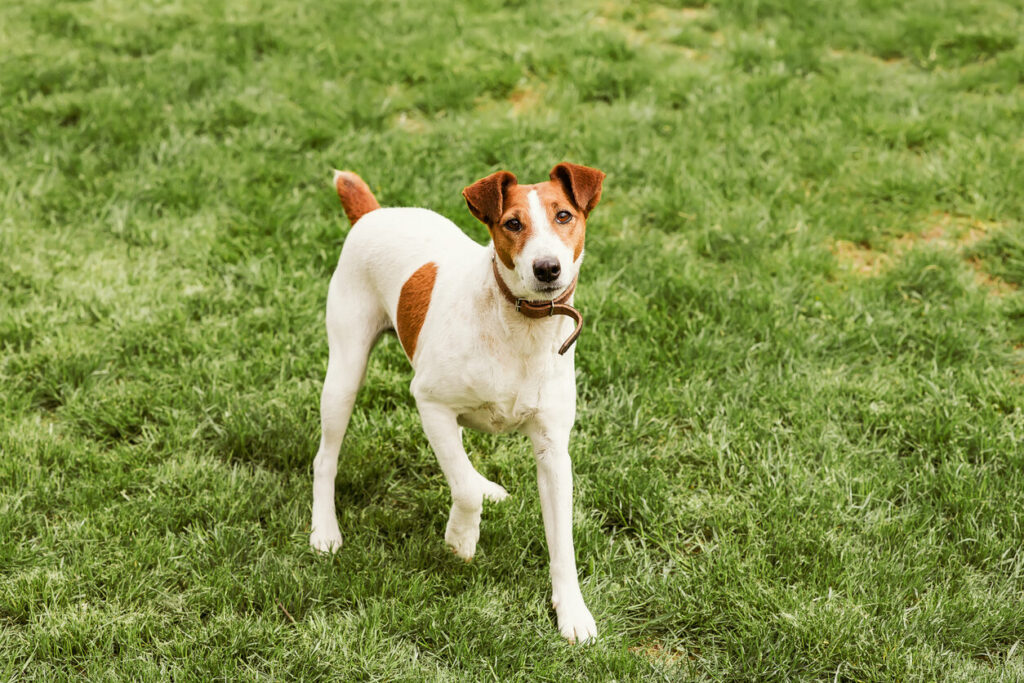
Fiery and full of spirit, Fox Terriers were bred to chase foxes from dens, and that determination still drives them today. They’re endlessly energetic, confident, and stubborn. Training is a challenge because they’re too busy deciding what they want to do next. Without constant mental and physical engagement, they turn destructive, digging, barking, and chasing anything that moves. Their enthusiasm and intelligence make them delightful for active owners but overwhelming for laid-back families. Fox Terriers need structure, play, and purpose every day. Beneath their small frames lies a bold, relentless heart that never stops pushing for control and excitement.
38. Small but Feisty Dogs – Chihuahua
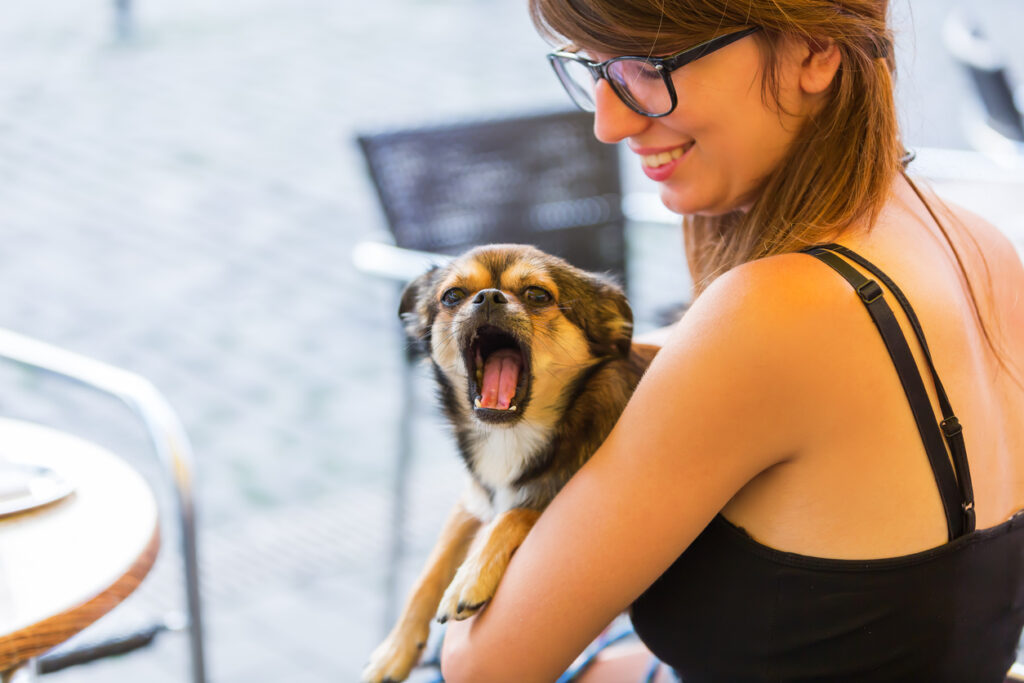
Chihuahuas are fiercely loyal but quick to snap when they feel threatened. Their small size makes them fragile, and they dislike rough handling or sudden movements. What they lack in size, they make up for in noise and confidence. They bark endlessly at strangers, animals, or even passing shadows. Many develop “small dog syndrome,” acting like they rule the house. Without gentle training and clear boundaries, their defensiveness turns into constant chaos. They love attention and warmth but need patient, consistent owners who understand their fiery personalities. Beneath that tiny frame lives a brave but easily unsettled little guardian.
39. Dachshund

Originally bred to hunt badgers, Dachshunds are fearless hunters wrapped in long bodies and short legs. Their determination is unmatched, but so is their stubbornness. They bark at every sound and dig obsessively, often turning gardens into craters. Their courage is admirable, yet it often leads them into trouble with larger dogs. Their elongated backs make them prone to painful spinal injuries, requiring careful handling and limited jumping. Despite their challenges, they’re affectionate and loyal, though not ideal for families seeking quiet pets. Dachshunds bring laughter, love, and endless energy to a home—but only if their bold spirit is respected.
40. Jack Russell Terrier
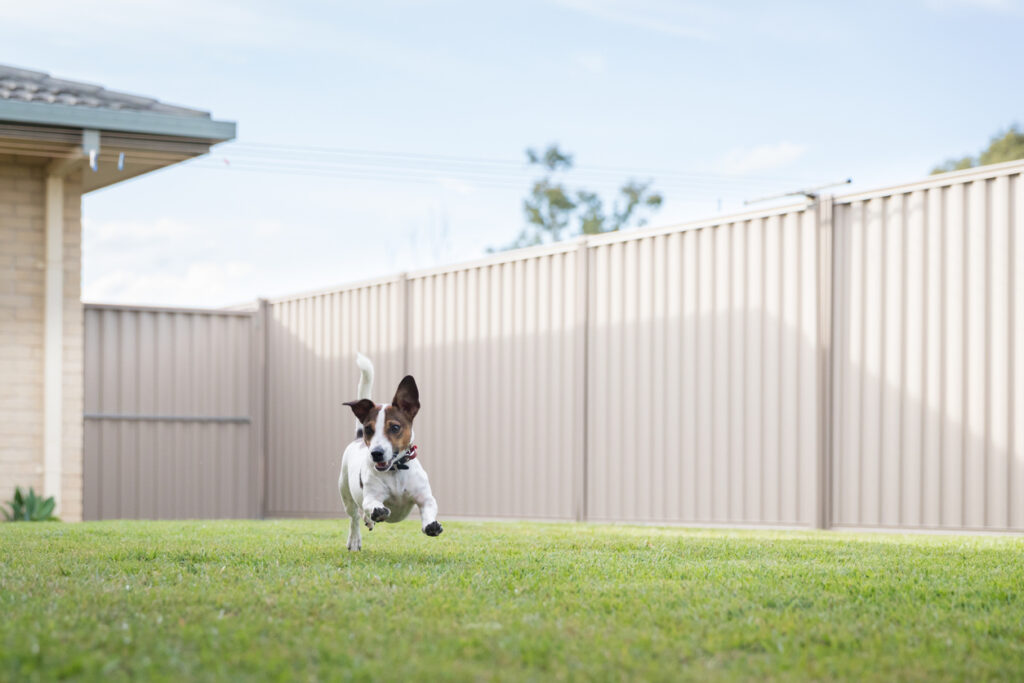
Jack Russells are tiny tornadoes of energy. Bred for hunting and digging, they have an unstoppable drive that rarely rests. Without hours of exercise and mental stimulation, they turn into little troublemakers, chewing, barking, and destroying furniture. Their intelligence makes them clever escape artists, and their determination challenges even experienced owners. They thrive on attention, but too much idle time fuels chaos. Training a Jack Russell requires patience, structure, and humor. For active families who love adventure, they’re exciting companions. But for anyone seeking a calm, low-energy pet, this breed’s endless enthusiasm can quickly become overwhelming and exhausting.
41. Pekingese
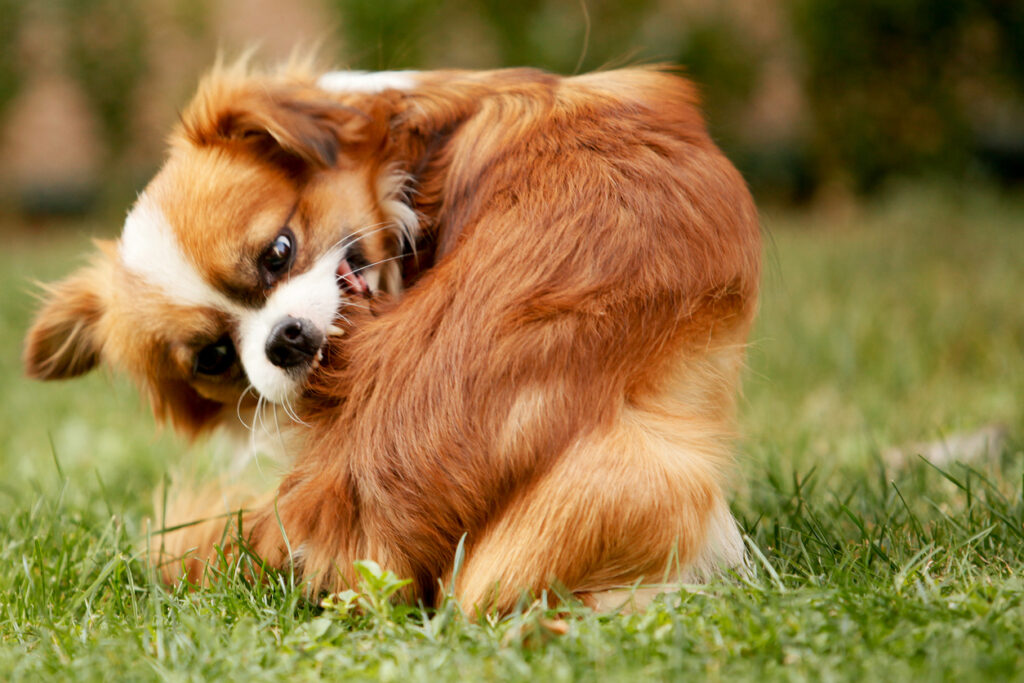
Once pampered by Chinese royalty, the Pekingese carries itself like nobility. They’re proud, independent, and stubborn, expecting to be treated with respect. Rough play or careless handling offends them, and they’ll nip or bark in protest. Their long coats require daily brushing, and their short snouts lead to breathing issues and overheating. Despite their regal appearance, they can be moody and territorial. Pekingese dogs prefer calm households where they can rule quietly and be admired from a distance. They’re beautiful companions for gentle, patient owners but a challenge for families with children or active lifestyles.
42. Lhasa Apso
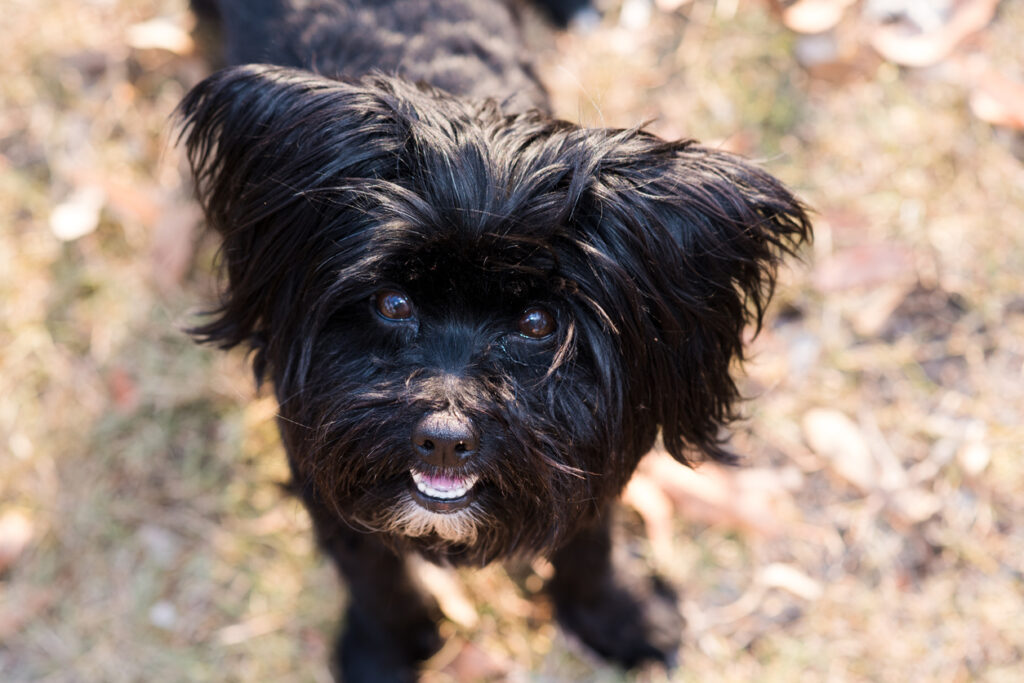
Lhasa Apsos may look elegant, but beneath those flowing coats lies a bold and opinionated heart. Originally bred to guard temples in Tibet, they take their protective instincts seriously. They bark at strangers, resist commands, and expect respect from everyone. Their independence makes them difficult to train, and their long, silky hair demands daily grooming. Lhasas are affectionate with family but distrustful of outsiders. They thrive with calm, confident owners who can set boundaries without harshness. For those who appreciate strong personalities in small packages, they’re loyal companions. For others, their stubbornness and grooming needs can quickly become overwhelming.
43. Miniature Pinscher
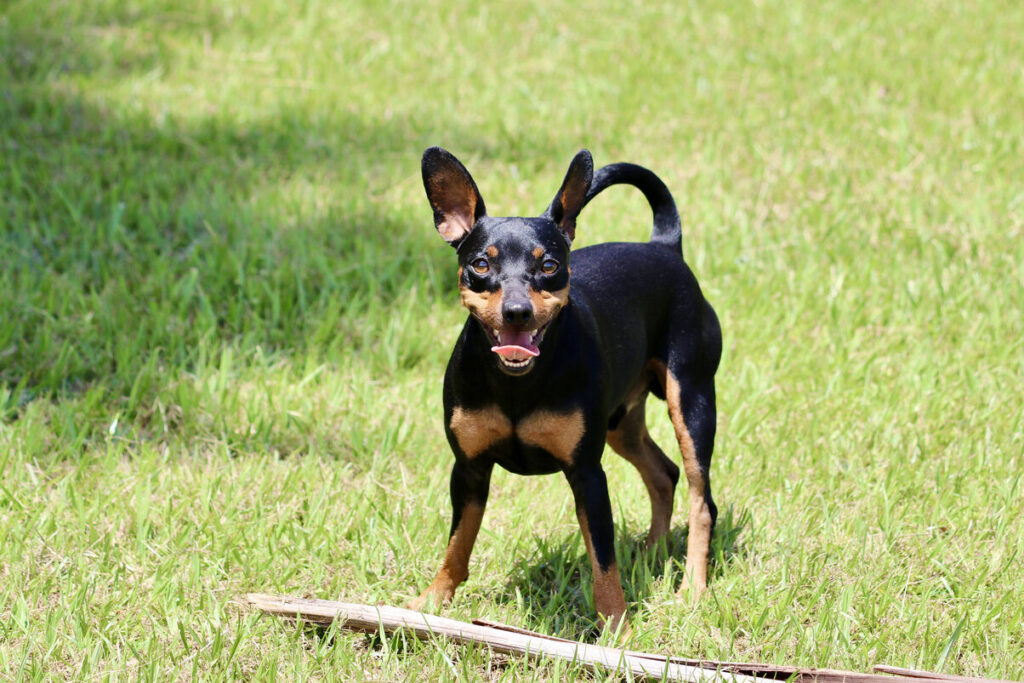
Called the “king of toys,” the Miniature Pinscher struts through life with confidence far bigger than its size. Bold, fearless, and bossy, they act like guard dogs in miniature form. They’re quick to bark, chase, and challenge anything that moves. Without firm leadership, they become demanding and loud. Training a Min Pin takes patience and consistency, as they prefer to make their own rules. Their energy level is impressive, requiring plenty of play and supervision. They’re entertaining, loyal, and mischievous but not for everyone. These tiny dynamos thrive best with experienced owners who can match their confidence and stamina.
44. Beagle
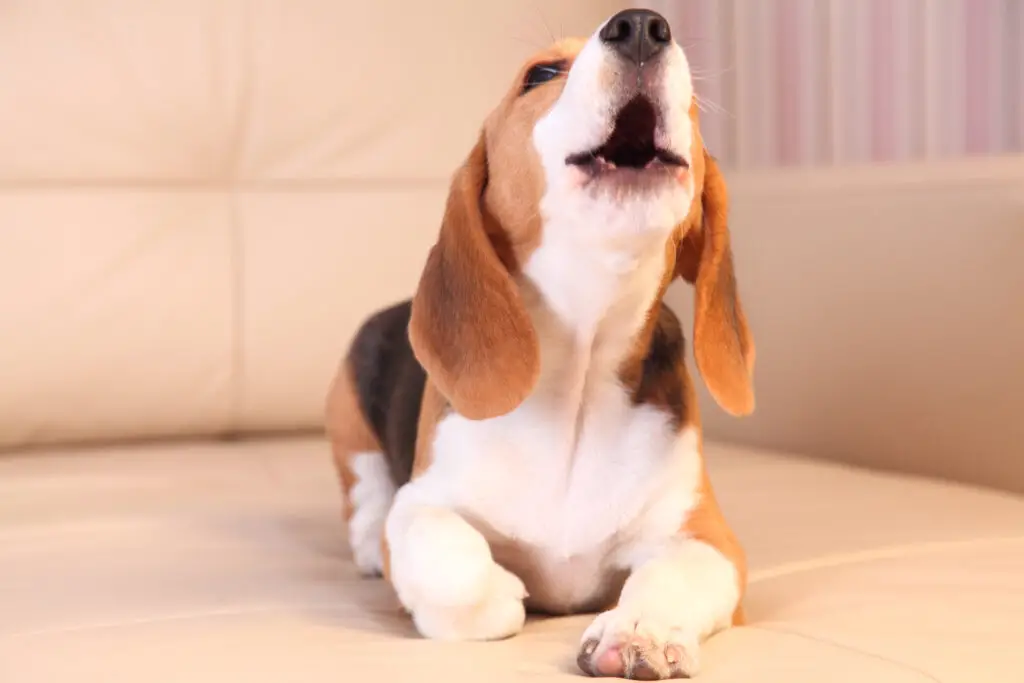
Though technically a hound, the Beagle fits perfectly among the small but feisty crowd. Their curious nature and determination make them both charming and challenging. Once their nose catches a scent, they forget everything else, including commands. Their musical howls echo for miles, and their stubborn streak frustrates even seasoned owners. They crave companionship and hate being left alone, which often leads to noisy protests. While they’re affectionate and fun-loving, Beagles need patience, consistent training, and secure fences. Their energy and curiosity bring joy, but their loud voices and independent minds can test the limits of any loving household.
45. Not Good with Kids – Dalmatian

Despite their Disney fame, Dalmatians are high-strung and easily stressed. Their boundless energy and nervous nature make them prone to snapping when overwhelmed. Around unpredictable children, that tension can quickly turn into defensive behavior. They’re happiest in calm, structured environments with consistent routines. Loud noises, sudden movements, and rough play unsettle them easily. While strikingly beautiful and intelligent, they’re not suited for busy households with small kids. Dalmatians thrive under experienced owners who understand their sensitivity and need for stability. Their loyalty runs deep, but only when their boundaries and quiet temperament are respected in daily family life.
46. Chihuahua

Chihuahuas may be tiny, but their confidence and defensiveness fill a room. They bond tightly with one person and often grow territorial toward others, especially children. Fragile and easily hurt, they don’t tolerate rough play or sudden grabs. Many respond by growling or snapping when startled. Their small size also makes accidental injuries from kids likely. Though affectionate in calm, adult homes, they dislike unpredictable environments. Chihuahuas thrive on gentle handling and consistent routines, not chaos or noise. For families with young children, this breed’s fiery spirit and delicate build can lead to constant stress and potential conflict.
47. Afghan Hound
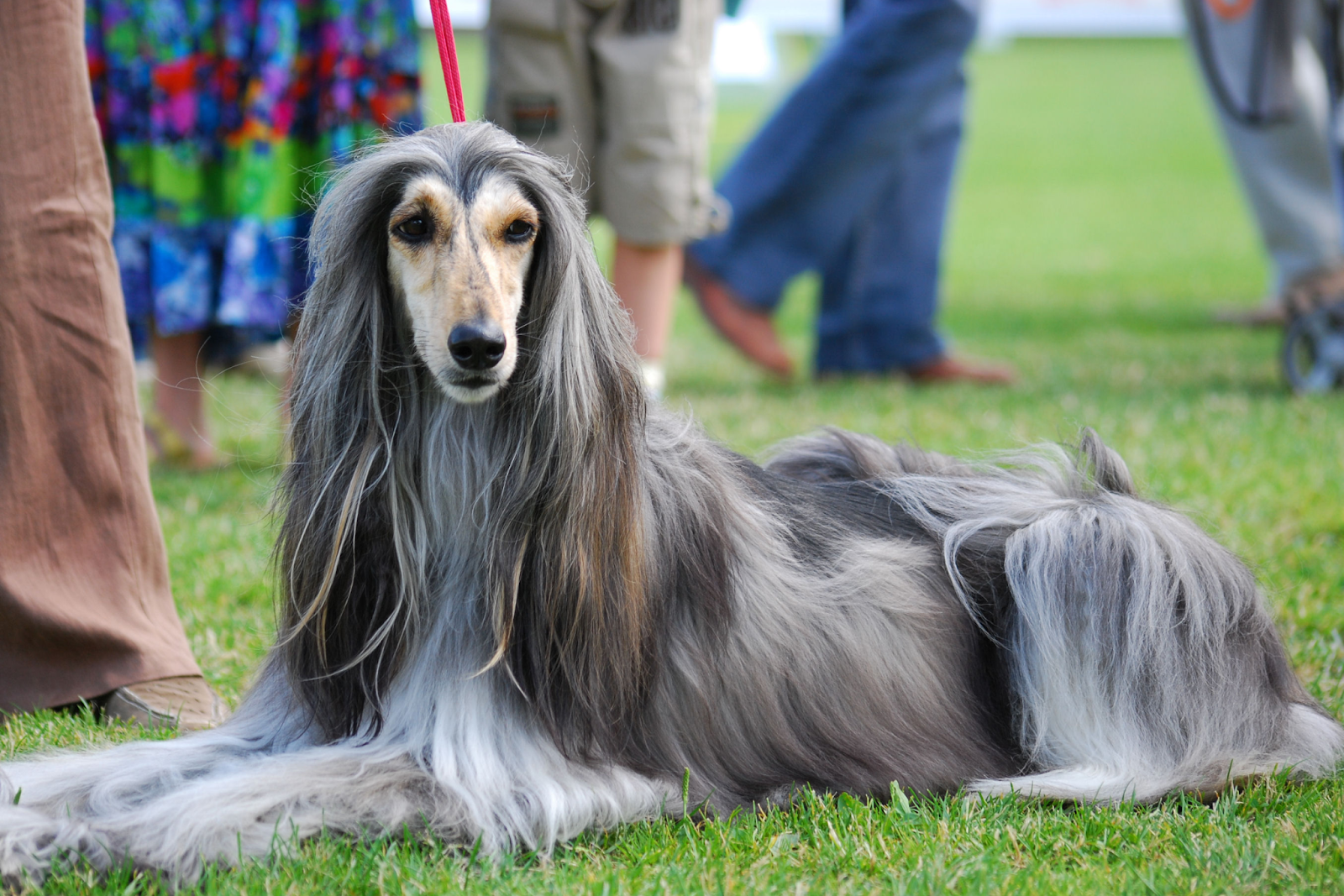
Afghan Hounds are stunning, graceful dogs with a proud, reserved nature. They prefer peace and quiet to the noise of family life. Children’s unpredictable energy and rough play quickly overwhelm them. Rather than reacting playfully, they retreat or become defensive. Their sensitivity and independence make them poor matches for busy households. While affectionate with gentle adults, they lose patience easily with chaos. Afghans thrive in calm, respectful homes that match their elegant temperament. For families hoping for a cuddly playmate, this regal breed is far too aloof. They value serenity above all else and expect to be treated gently.
48. Basenji
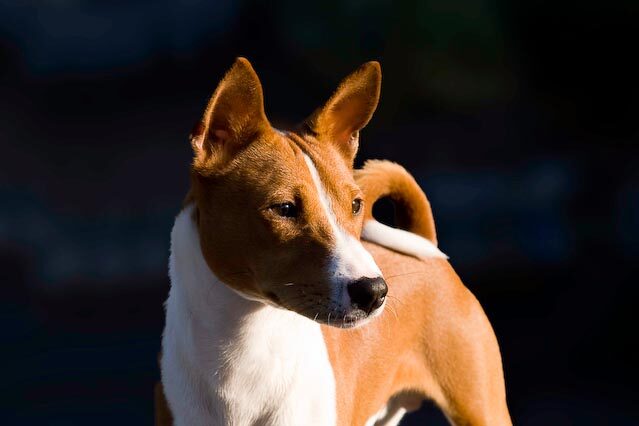
Basenjis are intelligent, independent, and opinionated dogs that rarely fit into noisy family life. They dislike rough play, sudden noise, and unpredictable movement, making them poor choices for homes with young children. Their quiet but reactive nature means they’ll snap or retreat when annoyed. Known as the “barkless dog,” they express displeasure through yodels, whines, or even growls. They need calm, patient owners who respect their independence. While affectionate with trusted adults, they lack the tolerance and patience required for energetic kids. Their beauty and intelligence shine best in peaceful homes where structure replaces chaos and understanding replaces pressure.
49. Shar Pei
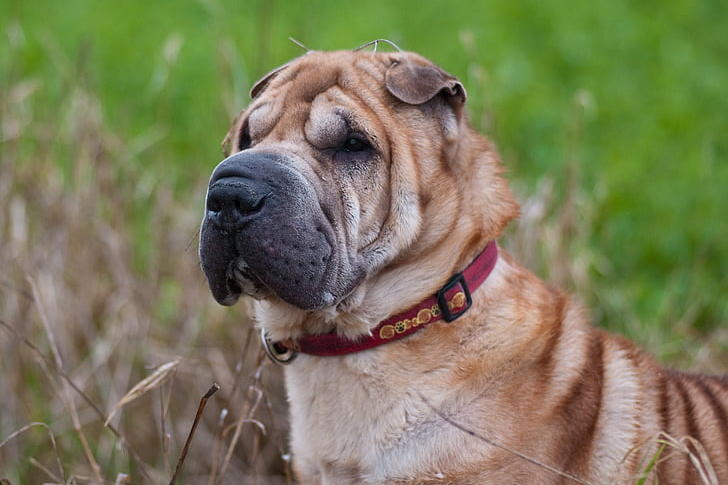
Shar Peis are loyal and protective but easily irritated by rough handling or loud activity. They bond deeply with adults yet struggle to tolerate children’s unpredictable energy. Their strong guarding instincts make them wary of visitors and quick to react if startled. Without firm, gentle guidance, they can become defensive or aggressive when boundaries are crossed. Their wrinkles also require constant care to prevent infections, adding to the responsibility. Shar Peis thrive in quiet, structured homes with respectful interactions. For families with small kids, their cautious, serious nature often clashes with youthful energy, creating tension rather than affection.
50. Akita
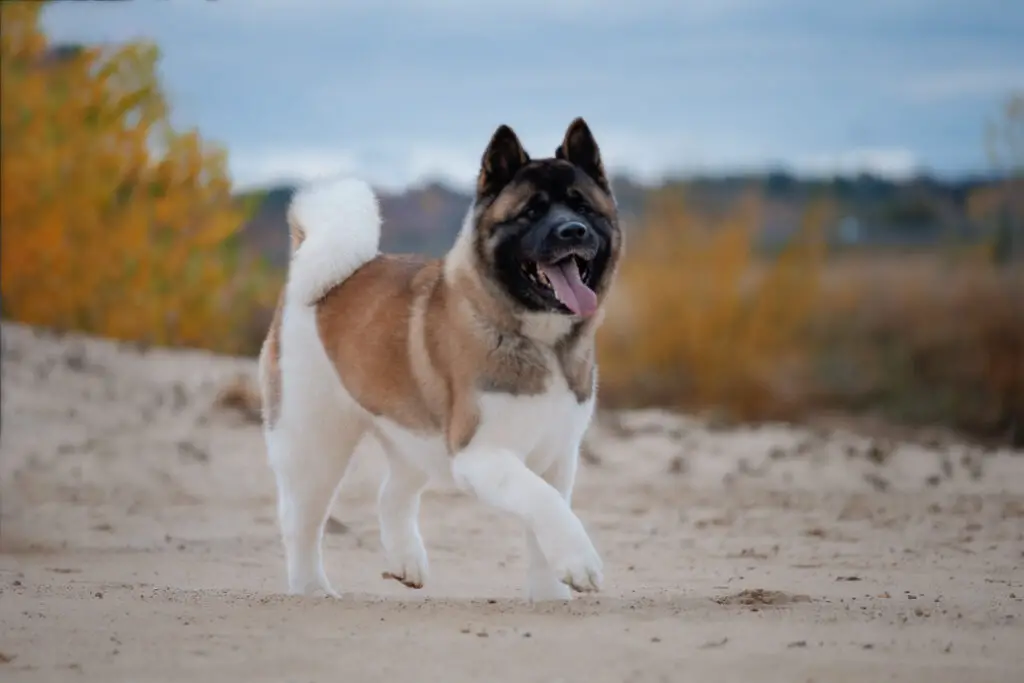
Akitas are devoted and loyal to their families, but their dominant nature makes them poor companions for other pets. Originally bred as hunters and protectors, they often show aggression toward other dogs, especially those of the same sex. Their powerful instincts make them territorial, and they rarely tolerate competition for attention or resources. Even with training, Akitas prefer to be the only pet in the home. They’re calm and dignified with their people but quick to challenge unfamiliar animals. Their loyalty is unmatched, yet their independence and dominance mean harmony with other pets is nearly impossible to maintain.
51. Shiba Inu
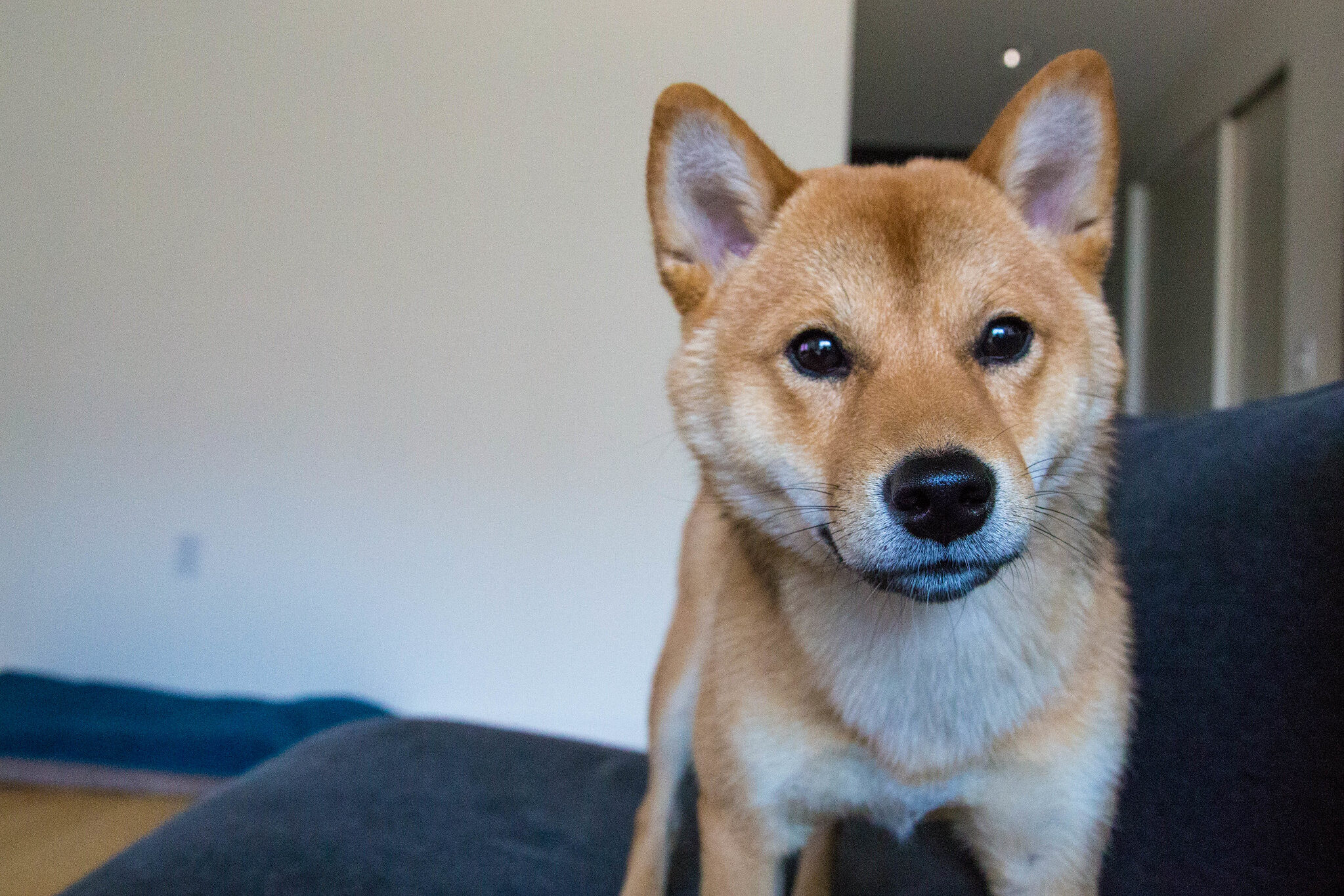
Shiba Inus are charming but fiercely independent dogs that prefer to live life on their own terms. Their strong prey drive makes them chase smaller pets like cats, rabbits, or birds relentlessly. Attempts to train them out of this instinct often fail, as they’re stubborn and self-directed. They’re fine as single pets but become territorial when sharing space with other animals. Shibas don’t enjoy being challenged and can be quick to assert dominance. While they’re loyal to their owners, they struggle to coexist peacefully with fellow pets. Their beauty and confidence shine best in homes where they reign alone.
52. Chow Chow
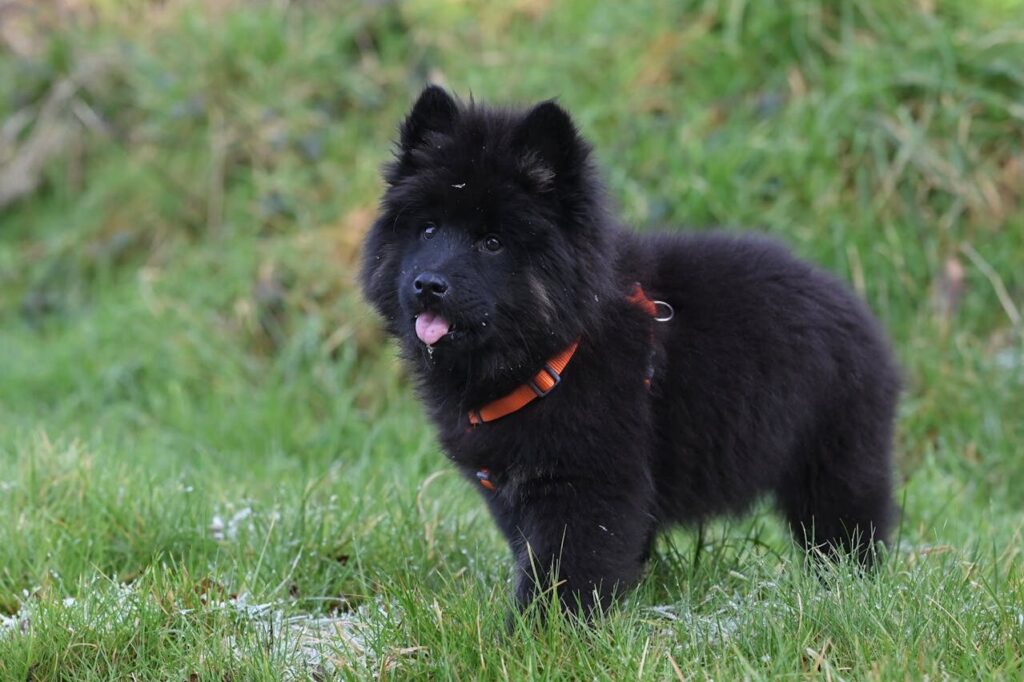
Chow Chows may look like cuddly teddy bears, but their temperament is far from soft. These regal dogs are deeply territorial and distrustful of other animals. They were bred to guard property and family, instincts that make them prone to dominance battles with other dogs. Even early socialization rarely changes their preference for solitude. They guard toys, food, and personal space fiercely, which can spark conflicts in multi-pet homes. While devoted to their humans, they have little patience for competition. The Chow Chow’s loyalty is powerful, but their independence means they thrive best as the only pet in the household.
53. Greyhound
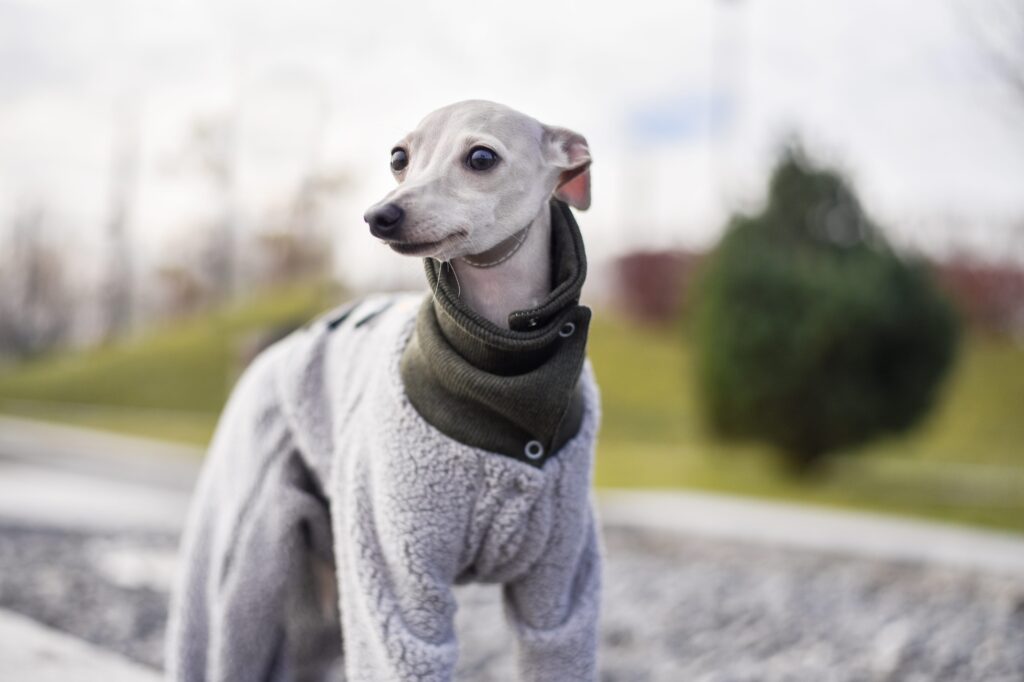
Greyhounds are gentle, graceful, and calm around humans, yet their instincts tell another story when small animals move nearby. Bred for centuries to chase game, they retain a lightning-fast prey drive that can activate instantly. Cats, rabbits, and smaller pets often trigger uncontrollable chasing, sometimes ending in accidents. Even retired racers struggle to ignore that impulse. They can live peacefully with other dogs, but smaller creatures are another matter entirely. Despite their elegance and kindness, it takes careful training and constant supervision to prevent trouble. In homes with fragile pets, the Greyhound’s natural instincts simply make coexistence too risky.
54. Jack Russell Terrier

Jack Russell Terriers are energetic and fearless, traits that once made them expert hunters. Those same instincts now make them dangerous companions for smaller animals. Their strong prey drive pushes them to chase or attack cats, hamsters, or birds without hesitation. They thrive on stimulation and often see small pets as moving targets. Even with training, they struggle to resist their natural impulses. While playful and affectionate with humans, they prefer being the center of attention. In multi-pet homes, they quickly turn territorial and disruptive. Jack Russells are wonderful dogs, but they’re best suited to households where they’re the only star.
55. Escape Artists and Runners – Siberian Husky
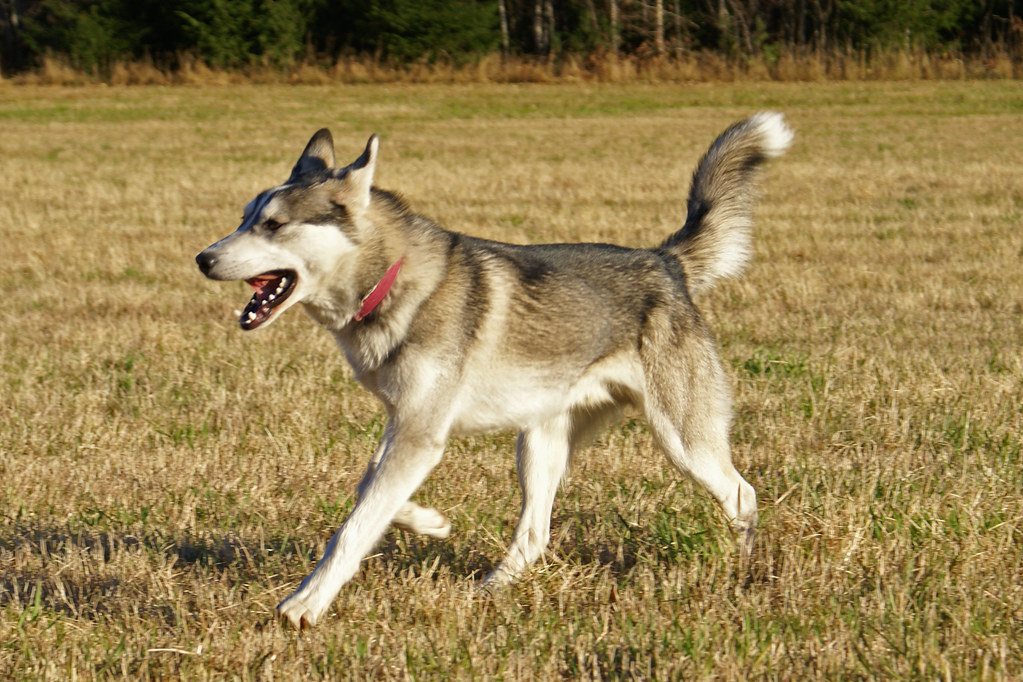
Siberian Huskies are notorious for their ability to escape even the most secure enclosures. They dig under fences, jump over walls, and slip out of collars with ease. Once they’re free, they run endlessly, often ignoring commands or attempts to catch them. Their love for adventure and strong prey drive make them difficult to confine safely. Without constant supervision or reinforced fencing, they’re a flight risk. Many owners underestimate their intelligence and determination until it’s too late. For all their beauty and charm, Huskies require extreme vigilance and secure environments to keep them safely where they belong.
56. Saluki
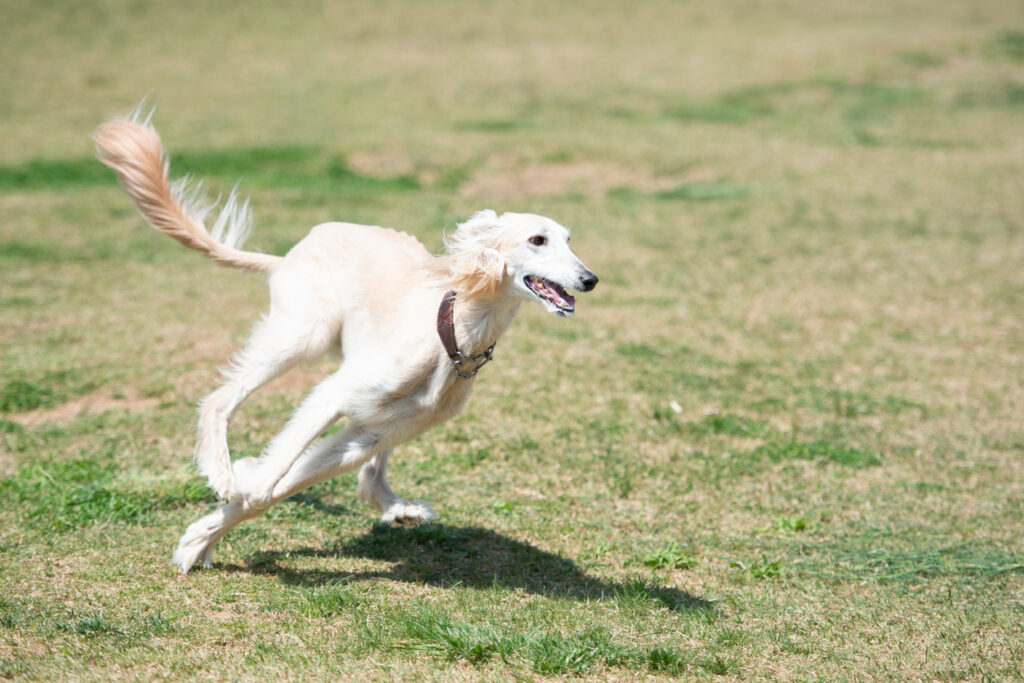
The elegant Saluki, one of the world’s oldest breeds, was built for speed and independence. Originally bred to hunt gazelles across open deserts, their instinct to chase remains powerful today. Once they spot movement, they’re gone in seconds, often ignoring frantic calls from their owners. Their recall is famously unreliable, making off-leash play nearly impossible. Salukis need large, secure spaces to run safely, as they can vanish in moments. Their quiet grace masks a restless spirit that craves freedom. Without proper fencing and supervision, these desert sprinters can quickly turn a calm outing into a desperate search mission.
57. Whippet
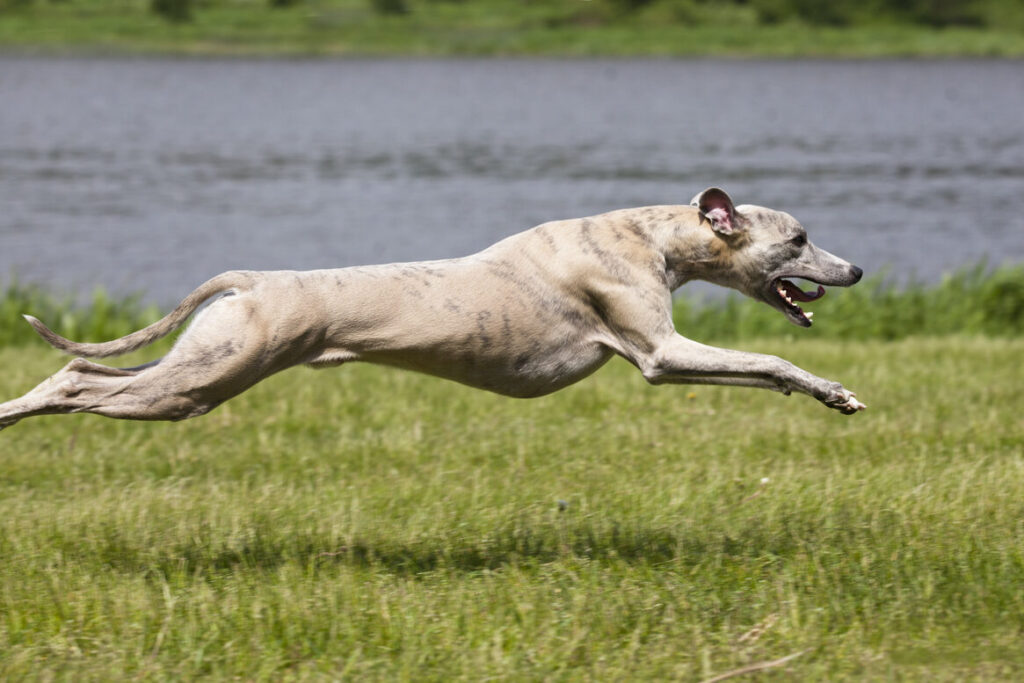
Whippets may seem relaxed indoors, but outdoors, their instincts take over completely. Built for speed, they can reach astonishing velocities in seconds, chasing any small animal that crosses their path. Once in pursuit, they block out commands and disappear into the distance. Their gentle nature doesn’t make them easier to manage, as their drive to run is too strong to resist. Without secure, high fences, they’re bound to escape. Despite being affectionate companions, Whippets require constant awareness of their environment. A moment’s distraction is all it takes for these graceful sprinters to vanish faster than you can react.
58. Basenji
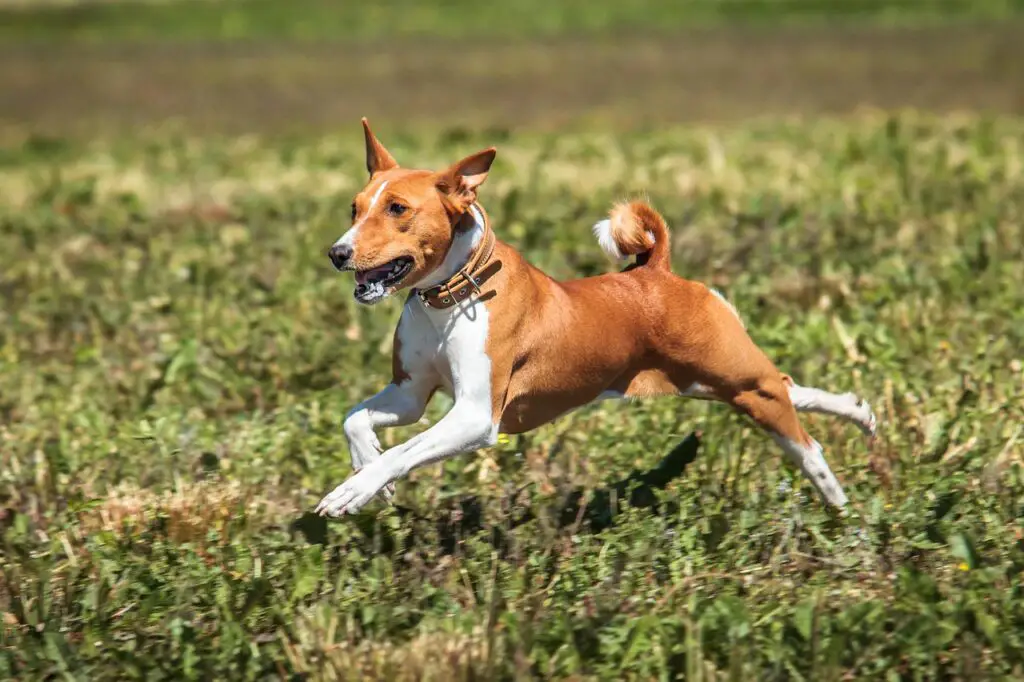
Basenjis are clever, stubborn, and shockingly agile. Often described as catlike, they can scale fences, jump onto high surfaces, and slip through small openings. Their curiosity and independence make them determined escape artists. Once they’re free, they follow their own path, exploring without concern for safety or recall. They thrive on adventure and rarely return when called. Owners must be creative in keeping them contained, using tall, secure fencing and constant supervision. Despite their small size, their energy and intelligence make them hard to control. For those who underestimate them, Basenjis quickly turn containment into a full-time challenge.
59. Beagle
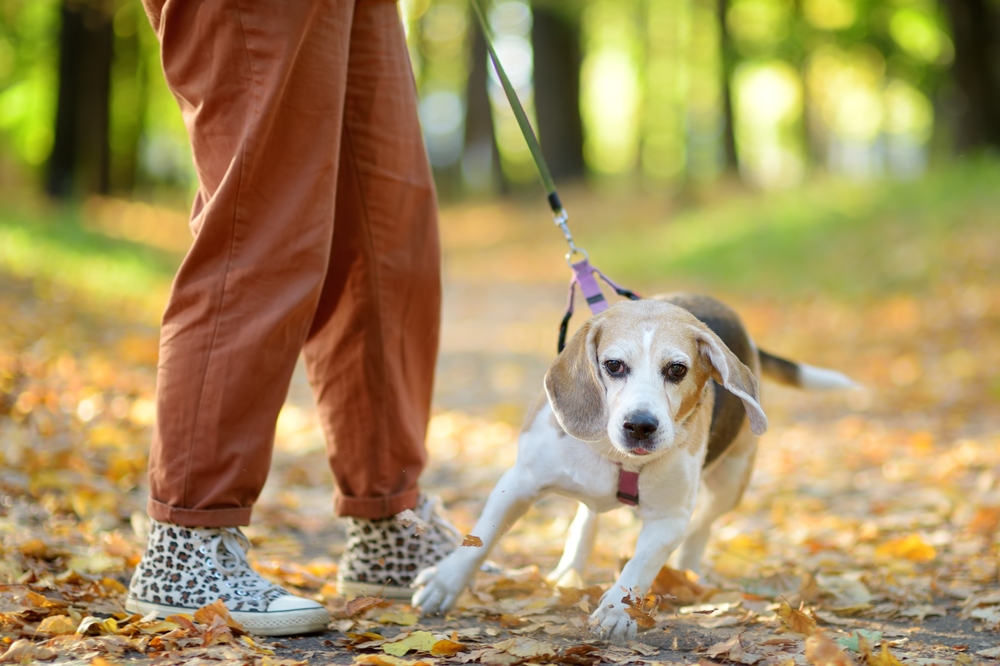
Beagles are ruled by their noses, and once they catch a scent, nothing can stop them. Their incredible sense of smell was bred for hunting, so they instinctively wander far in pursuit of interesting trails. They ignore calls and boundaries, often digging under fences or squeezing through small gaps to follow a scent. Their cheerful personality hides just how determined they can be when tracking something. Without careful containment, they can easily get lost. Owners quickly learn that keeping a Beagle means securing every possible escape route. Their loyalty is strong, but their nose is always stronger.
60. Dogs That Struggle in Apartments – Dalmatian

Dalmatians are striking and full of energy, but apartment life magnifies their challenges. They’re sensitive, high-strung, and prone to barking at every unfamiliar sound. Without enough physical exercise, they become restless and destructive, pacing or chewing to release pent-up energy. Their active nature demands long walks and outdoor playtime, something most apartments can’t provide. Combined with their tendency toward nervous behavior and noise sensitivity, Dalmatians can quickly become a problem for neighbors. They thrive in homes with space to run and explore, where their athleticism and enthusiasm can shine without clashing with the limitations of city or apartment living.
61. German Shepherd
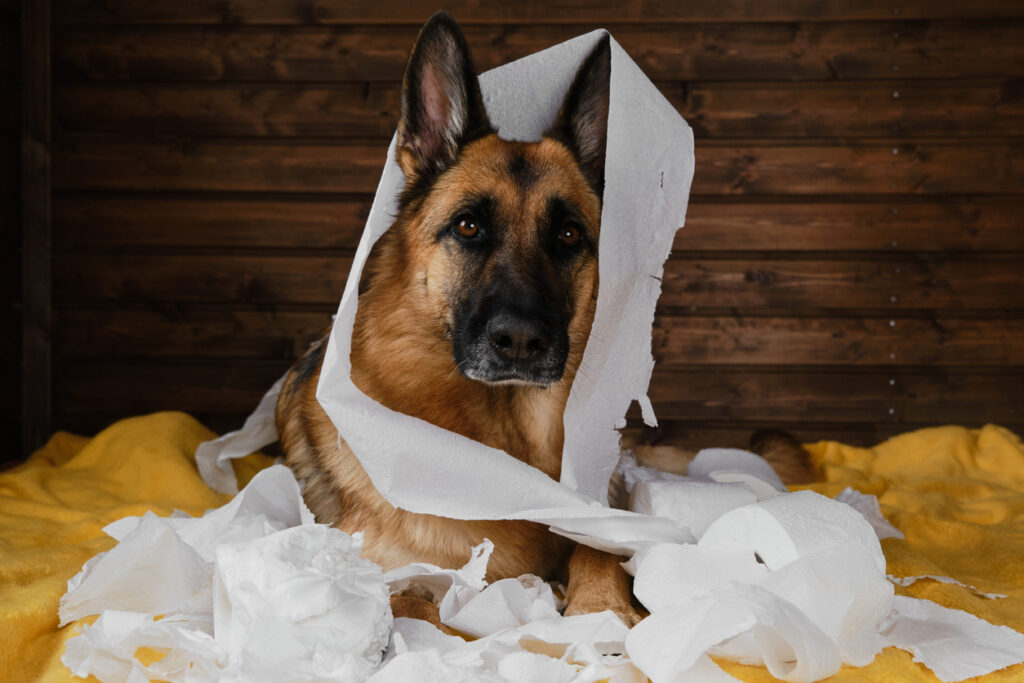
German Shepherds are intelligent, loyal, and hardworking, but their large size and protective instincts make apartment life a poor fit. They bark frequently, reacting to hallway noises, footsteps, or passing strangers. Their strong territorial instincts can cause stress in buildings with many residents. Physically, they need regular exercise and mental stimulation to prevent frustration and destructive habits. Confined spaces limit their ability to move freely and express their working-dog energy. Without daily outdoor activities, they grow anxious and vocal. German Shepherds thrive in spacious environments where they can work, explore, and guard without disturbing the peace of close neighbors.
62. Weimaraner
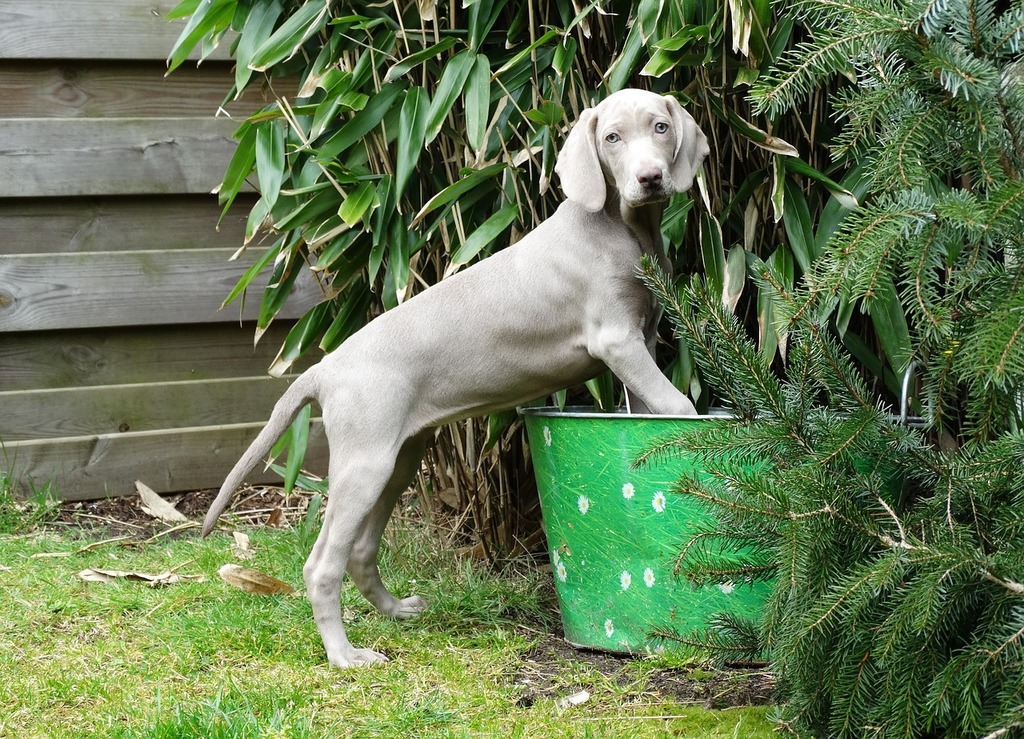
Weimaraners are affectionate and energetic, often forming intense bonds with their owners. Unfortunately, that devotion turns into anxiety when left alone in confined spaces. In apartments, they’re known for constant barking and destructive behaviors like chewing furniture or scratching doors. Their athletic build demands hours of exercise, and without it, they become restless and loud. These dogs do best in homes with yards or easy access to outdoor space. While their sleek looks and intelligence make them appealing companions, Weimaraners need more room to move and more activity than most apartment living situations can ever realistically provide or sustain.
63. Great Dane
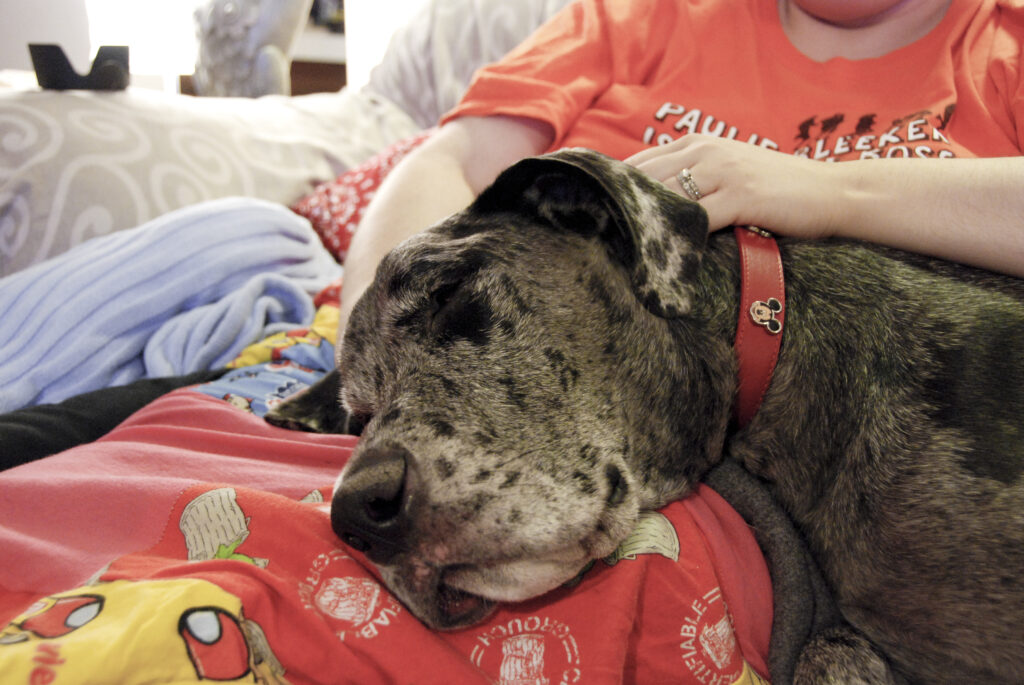
Despite their gentle and calm nature, Great Danes are simply too large for apartment living. Their towering size makes moving through tight spaces awkward, and even simple movements can knock over furniture. While they aren’t particularly noisy, their need for comfortable resting areas and frequent stretching makes small spaces impractical. They also require regular walks and room to roam, as their massive bodies can’t handle inactivity for long. In addition, their short lifespan means apartment confinement can shorten their comfort further. Great Danes belong in homes where they can stretch, lounge, and live at their own giant, graceful pace.
64. Border Collie
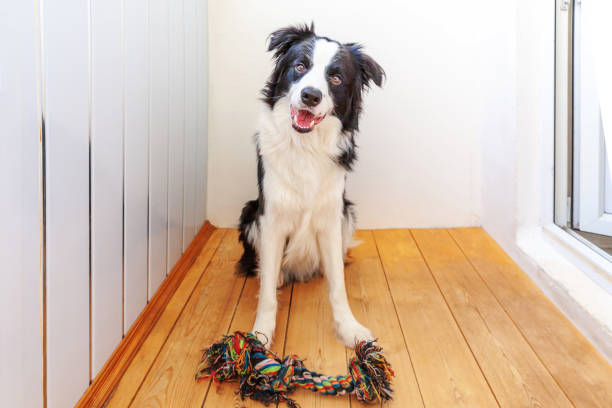
Border Collies are among the smartest and most energetic dog breeds, but that brilliance becomes a curse in apartments. Without constant mental and physical stimulation, they quickly develop destructive habits like excessive barking, chewing, and pacing. Their herding instincts drive them to chase moving objects, making city noise and close quarters overwhelming. Apartment walls can’t contain their intensity or energy, and they often become anxious when bored. These dogs thrive on open fields, challenging tasks, and outdoor activity. Apartment life deprives them of purpose, leaving them restless and unhappy. They need space, challenges, and freedom to truly thrive.
65. Dogs That Shed or Drool Excessively – Saint Bernard
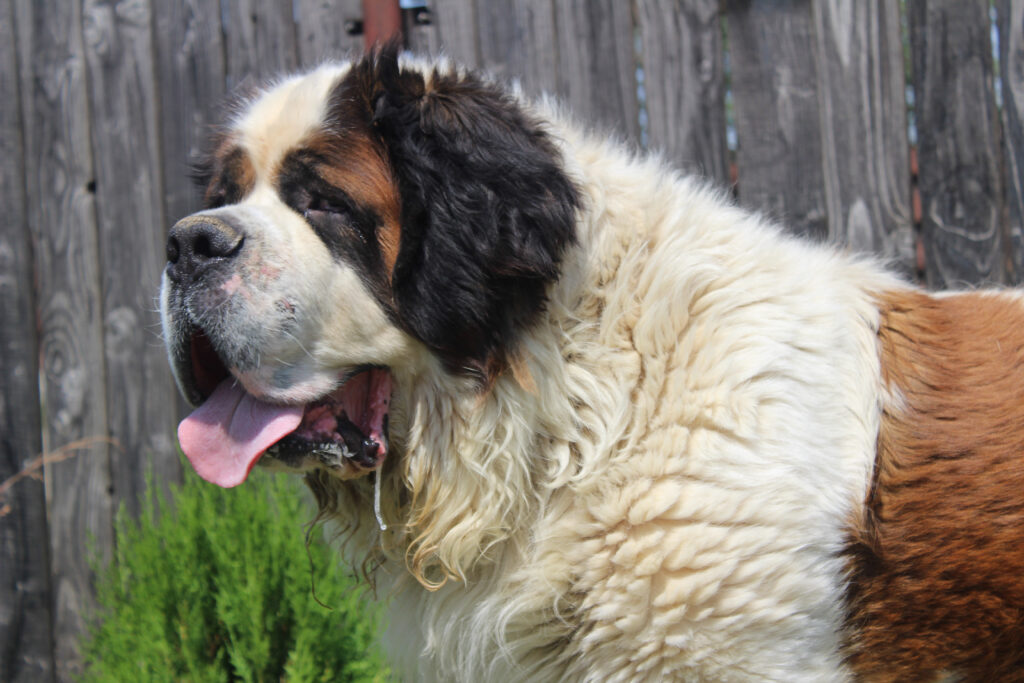
Saint Bernards are affectionate giants with calm, gentle natures, but they leave a trail of drool wherever they go. Their large jowls produce constant saliva that ends up on furniture, clothing, and walls. Pair that with their thick coats, which shed heavily year-round, and you have a nonstop cleaning job. Owners must be prepared to wipe faces, mop floors, and vacuum daily. Despite their sweet temperaments, these dogs demand serious maintenance to keep the household tidy. For anyone particular about cleanliness or smells, the lovable but messy Saint Bernard is best admired from a distance rather than lived with.
66. Newfoundland
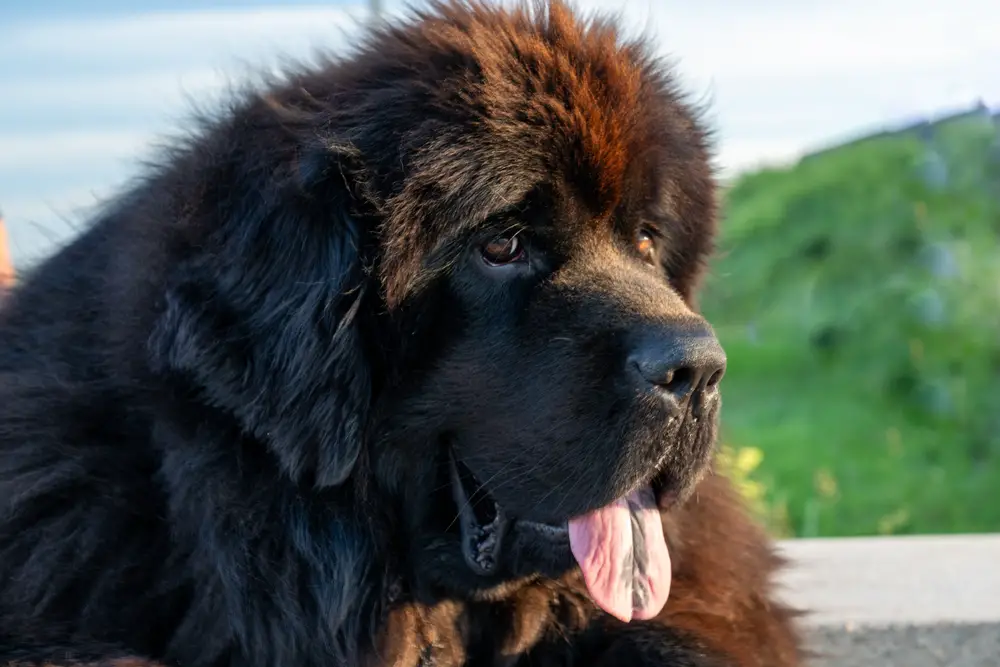
Newfoundlands are known for their sweet hearts and heroic history as water rescue dogs, but they come with serious grooming challenges. Their thick double coats shed constantly, trapping dirt and moisture that quickly spreads indoors. Add heavy drooling to the mix, and you have a breed that’s always damp and messy. Their sheer size amplifies every mess, as drool strings and hair clumps appear everywhere they rest. Families who love tidy homes often struggle with the maintenance required. While loyal and affectionate, Newfoundlands are high-maintenance companions that require constant grooming, cleaning, and tolerance for perpetual fur and slobber.
67. German Shepherd

German Shepherds are intelligent, protective, and beautiful, but their coats create a daily blizzard of fur. Their double coat sheds moderately all year and heavily during seasonal changes, leaving hair on furniture, floors, and clothing. Even with consistent brushing, shedding remains constant. Their grooming needs demand frequent vacuuming and attention to hygiene, especially during “coat blow” periods. Though they rarely drool excessively, the volume of shedding alone can overwhelm even tidy owners. For anyone sensitive to fur or allergic reactions, this breed presents a major challenge. A German Shepherd’s loyalty is unmatched, but their shedding requires lifelong commitment.
68. Bloodhound

Bloodhounds are adored for their soulful eyes and incredible noses, but they bring with them two major messes: drool and shedding. Their loose facial skin produces long drool strings that cling to walls, floors, and people. Combined with heavy shedding from their short but dense coat, they require frequent cleaning and grooming. Towels and lint rollers become essential parts of life. Despite their kind and gentle disposition, many owners underestimate how constant the upkeep can be. Bloodhounds are loving companions but best suited for families who don’t mind stains, fur, and a bit of slobber mixed into everyday life.
69. Golden Retriever
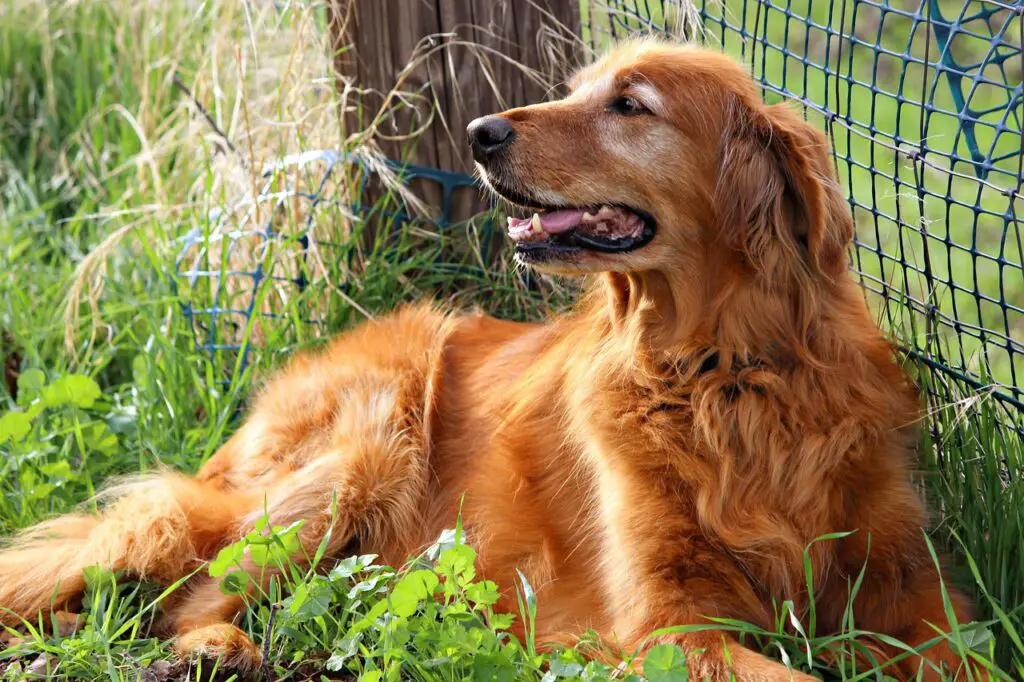
Golden Retrievers are famously friendly and loving, but they’re also one of the heaviest shedders among family dogs. Their long, dense coats release fur daily, especially during seasonal changes. Even with regular brushing, loose hair collects on furniture, clothing, and carpets. Bathing helps, but it’s a short-term fix. Though they don’t drool excessively, their constant shedding can overwhelm busy households. Pet hair becomes a permanent part of life, clinging to everything. For families ready to commit to frequent grooming and cleaning, Goldens are worth it. For others, their beauty and warmth come with more fluff than they can manage.
70. Overprotective or Aggressive Guard Dogs – Rottweiler
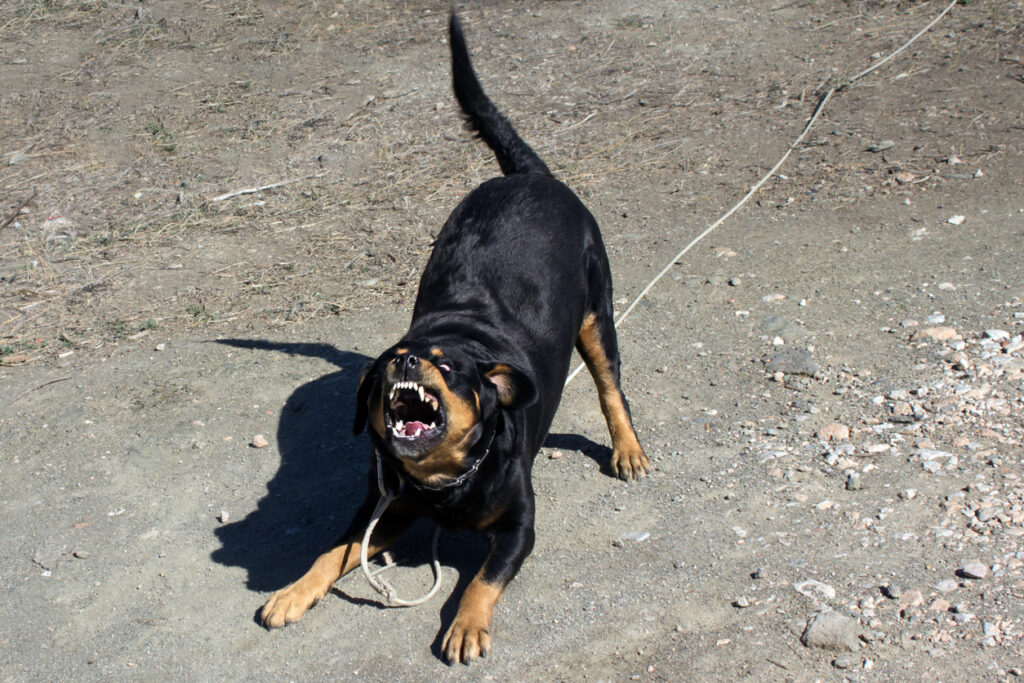
Rottweilers are confident, powerful, and deeply loyal to their families, but their protective instincts can easily cross into aggression without careful guidance. They were bred to guard and defend, meaning they naturally question strangers and unfamiliar animals. Without early socialization, they can become territorial and reactive, sometimes responding with force instead of caution. Their size and strength make every mistake potentially serious. Experienced owners who invest time in consistent training and exposure can shape Rottweilers into calm, dependable companions. In untrained hands, however, their natural guarding instincts make them one of the most misunderstood and risky breeds to own.
71. Doberman Pinscher
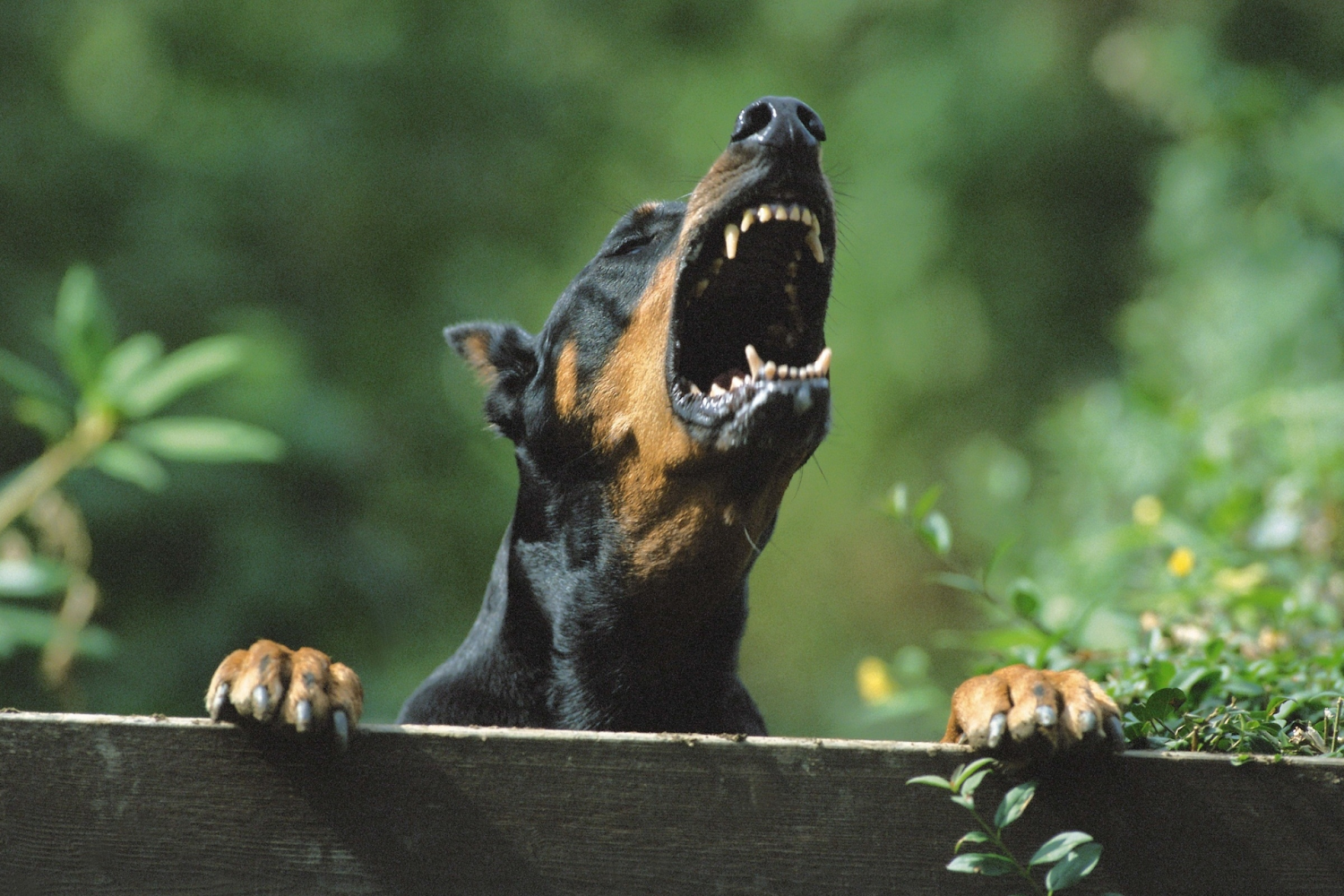
Doberman Pinschers are sleek, intelligent, and alert, bred for guarding and personal protection. Their loyalty is unmatched, but their sharp instincts make them cautious around strangers. Poor training or lack of structure often leads to aggressive or overly defensive behavior. They need confident handlers who can provide consistent leadership and socialization from a young age. When properly trained, Dobermans are obedient and affectionate family dogs. Without that balance, their protective nature becomes a liability. Their combination of speed, intelligence, and power requires discipline and understanding, making them ideal only for owners capable of channeling their drive responsibly.
72. Bullmastiff
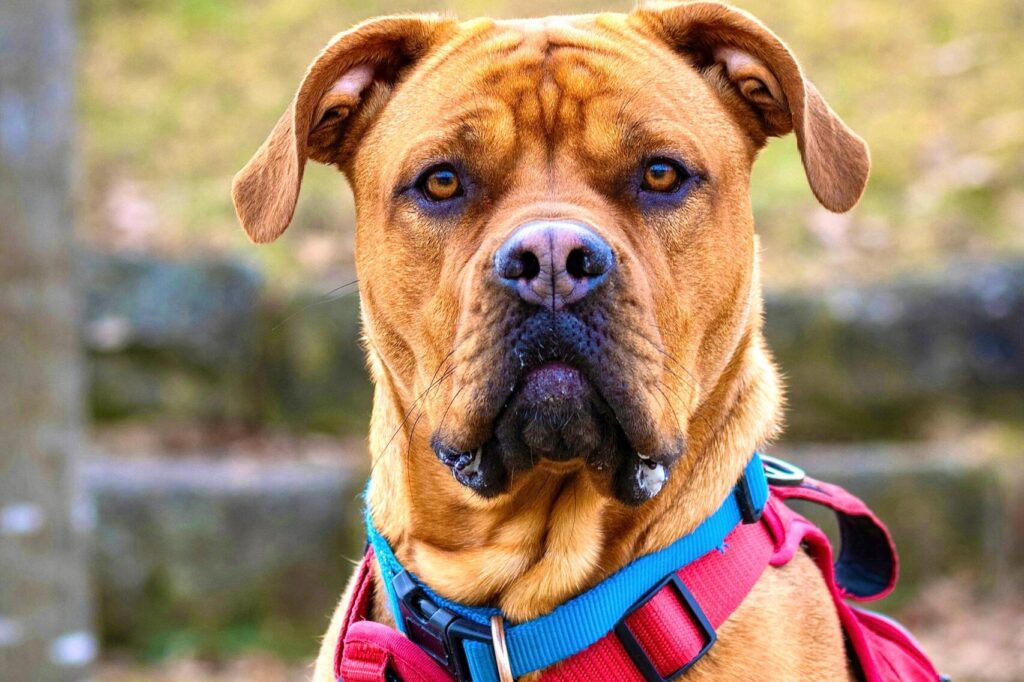
Bullmastiffs are giant protectors with hearts of gold for their families but intense suspicion toward outsiders. Bred to guard estates, they act decisively when they sense threats. Their size and power make them formidable, and even minor misjudgments can cause harm. They need early obedience training and constant socialization to learn self-control. While gentle indoors, they become territorial when strangers approach. These dogs are calm and affectionate with family but should never be underestimated. Without strong leadership and boundaries, their guarding instincts can turn into aggression. Bullmastiffs are best for experienced owners who respect their strength and natural protectiveness.
73. Cane Corso
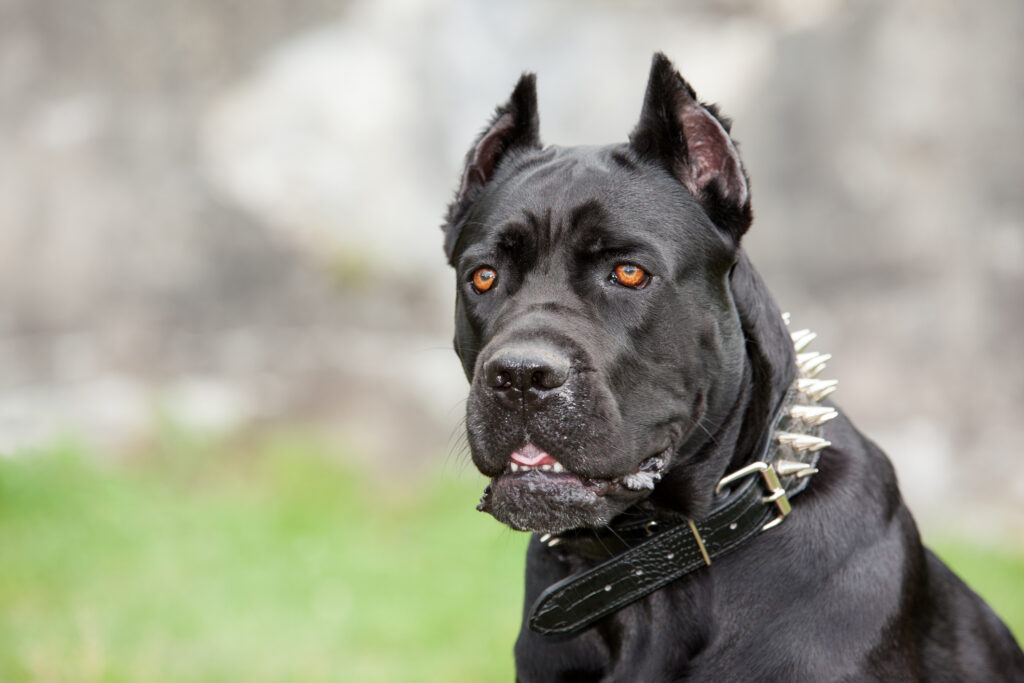
Cane Corsos are majestic and confident Italian mastiffs bred for guarding property and livestock. They form deep bonds with their families, becoming highly protective of their homes. Without firm, consistent leadership, they can develop territorial aggression and challenge authority. Their sheer power and dominance demand experienced handling. Socialization from puppyhood is critical to prevent fear-based or reactive behavior. While loyal and intelligent, they are not suitable for first-time dog owners. The Cane Corso’s calm presence masks a strong instinct to defend, making them exceptional guardians but potentially dangerous if neglected, poorly trained, or raised without proper discipline and control.
74. Akita

Akitas are dignified, loyal, and courageous, revered for their devotion to family and natural guarding instincts. However, their intense protectiveness can easily turn to aggression toward strangers or unfamiliar dogs. They require confident, experienced owners who can establish boundaries early and maintain consistent discipline. Akitas are naturally dominant and dislike being challenged, making them difficult for inexperienced handlers. With proper training, they become calm, respectful companions who guard without unnecessary aggression. Without it, they’re unpredictable and territorial. Akitas thrive in homes where their intelligence and independence are respected, and their power is guided with firm but gentle leadership.
70. Fragile Dogs (Too Delicate for Rough Living) – Italian Greyhound
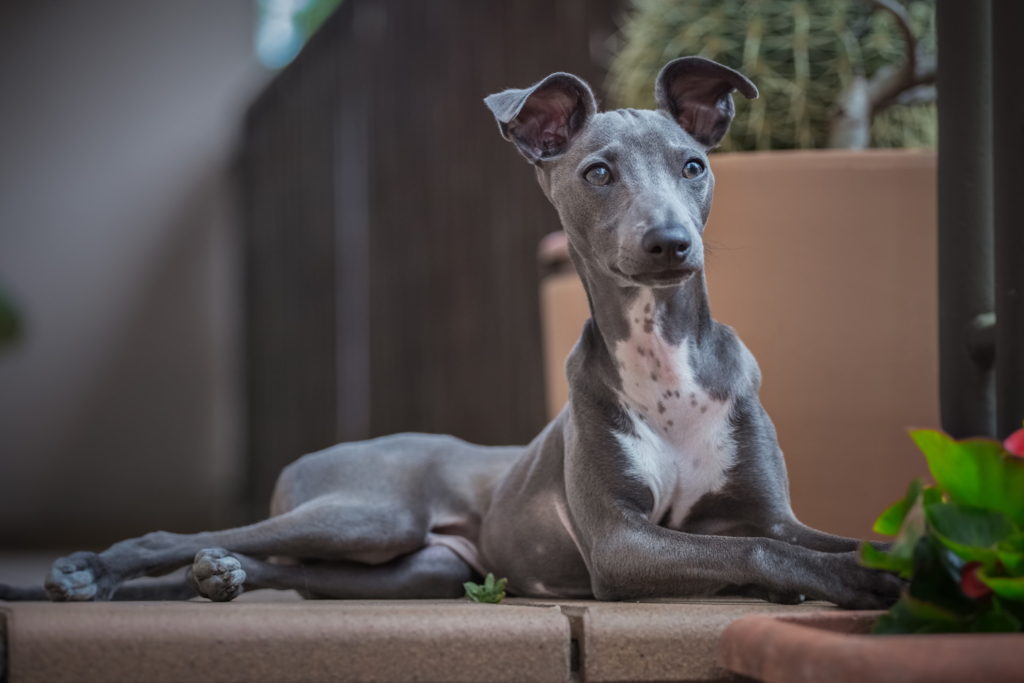
Italian Greyhounds are delicate and graceful dogs often described as living art. Their slim bodies and fine bones make them extremely prone to fractures, sometimes even from jumping off a couch. They dislike cold weather and need sweaters to stay warm. Their sensitive nature also makes them nervous in loud or unpredictable environments. Though affectionate and elegant, these dogs require soft handling and quiet households. They’re wonderful for gentle owners who value calm companionship but are ill-suited for families with small children or rough play. One careless moment can turn affection into an expensive and heartbreaking injury.
71. Chihuahua

Chihuahuas are tiny dogs with huge personalities, but their fragile frames make them poor choices for rough households. A fall from a chair or an accidental step can cause serious injury. They’re easily frightened and often snap when startled or handled too roughly. Their small size also makes them vulnerable around larger pets that may unintentionally hurt them. While loyal and brave, they’re better suited for adult owners who understand their physical limits. Chihuahuas thrive on attention and warmth, not chaos or rough play. Despite their fiery spirits, their delicate build demands a calm, careful environment to stay safe.
72. Papillon
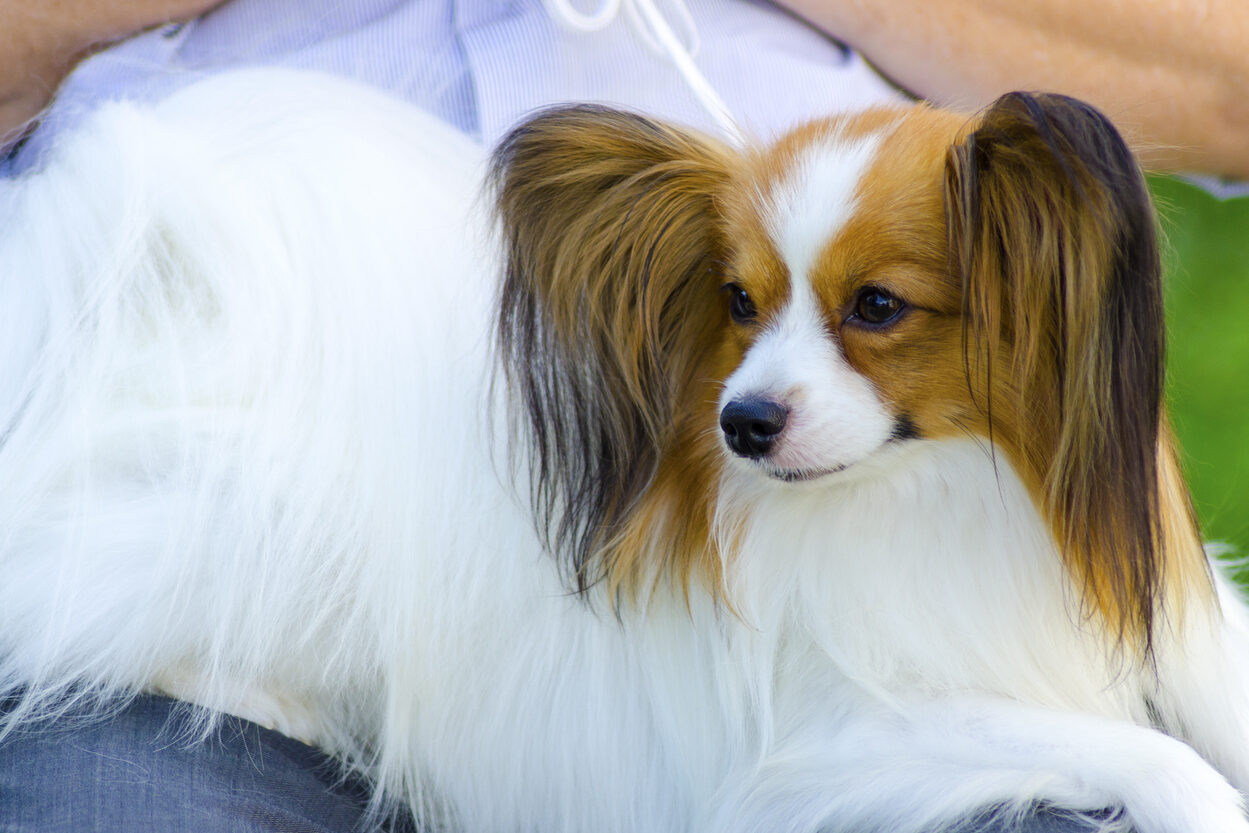
Papillons are charming and intelligent dogs with dainty frames and beautiful butterfly-like ears. However, their size makes them vulnerable to injury during rough play or handling. They love affection but can’t tolerate being squeezed, dropped, or chased. Their fragile legs and sensitive nature mean they thrive in quiet, stable homes. While lively and social, they require gentle owners who understand their delicacy. Papillons are delightful companions for adults or calm households, where their elegance and affectionate personalities can shine safely. In rowdy environments or homes with small children, their fragility can quickly turn joy into constant worry.
73. Toy Poodle
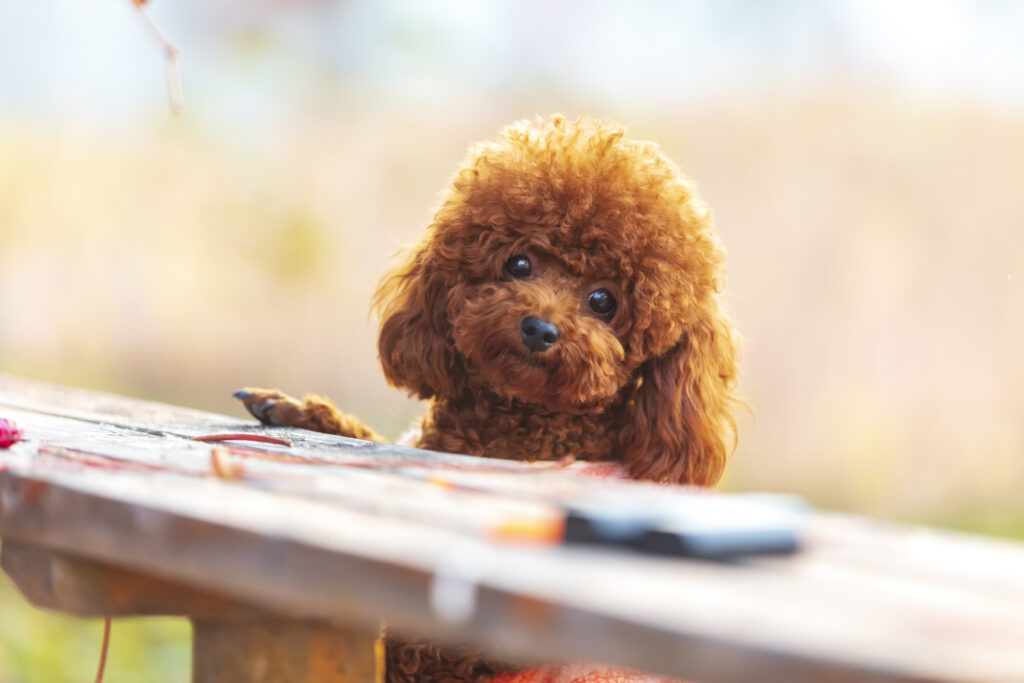
Toy Poodles are among the smartest and most loving small breeds, but their petite frames make them vulnerable. Rough play or careless handling can lead to injuries, especially with young children who may see them as toys. They require calm, patient owners who understand their fragility and provide a predictable environment. Their fine bones and sensitive temperament mean they’re happiest in peaceful homes. Though full of energy and affection, Toy Poodles don’t belong in loud or chaotic settings. Their charm shines brightest when they’re treated gently and given the love, respect, and delicate care they deserve.
74. Maltese
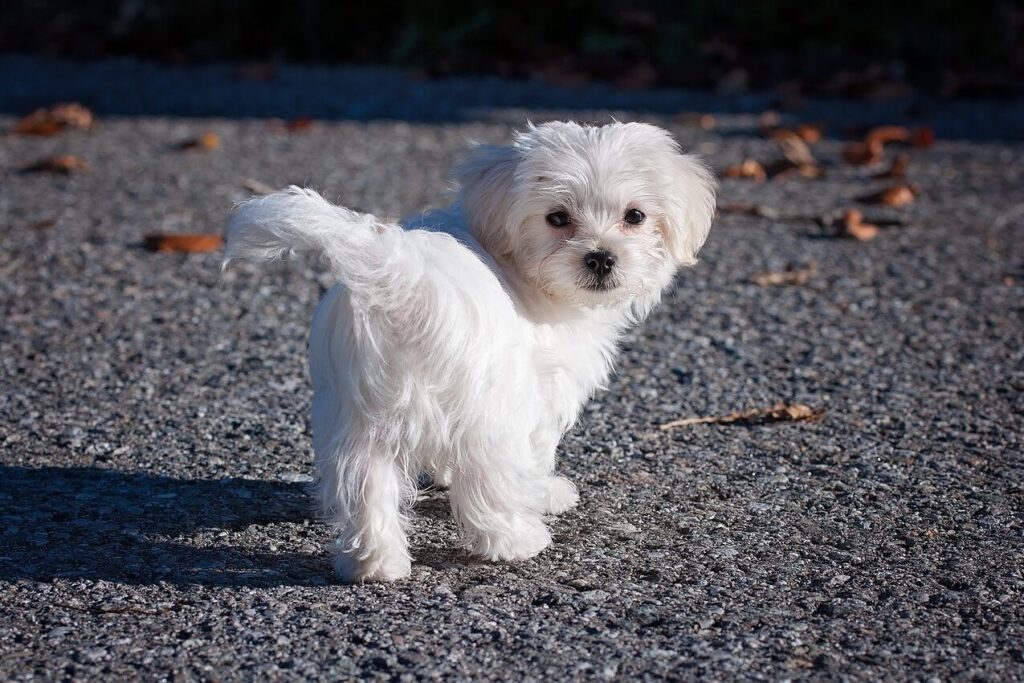
The Maltese is a centuries-old lapdog known for its affectionate nature and luxurious coat. Beneath the glamour, though, lies a fragile little body that can’t handle rough play or falls. Their long hair requires gentle grooming, and their sensitive nature makes them shy around loud noises or sudden movements. These dogs thrive in calm, loving homes where they can enjoy soft handling and close companionship. While sweet and loyal, Maltese dogs struggle in active households or with small children. Their delicate build and gentle spirit demand owners who treat them like the tender companions they were bred to be.
75. Worst Crossbreeds (Challenging Mixes) – Husky-Pitbull Mix (“Pitsky”)
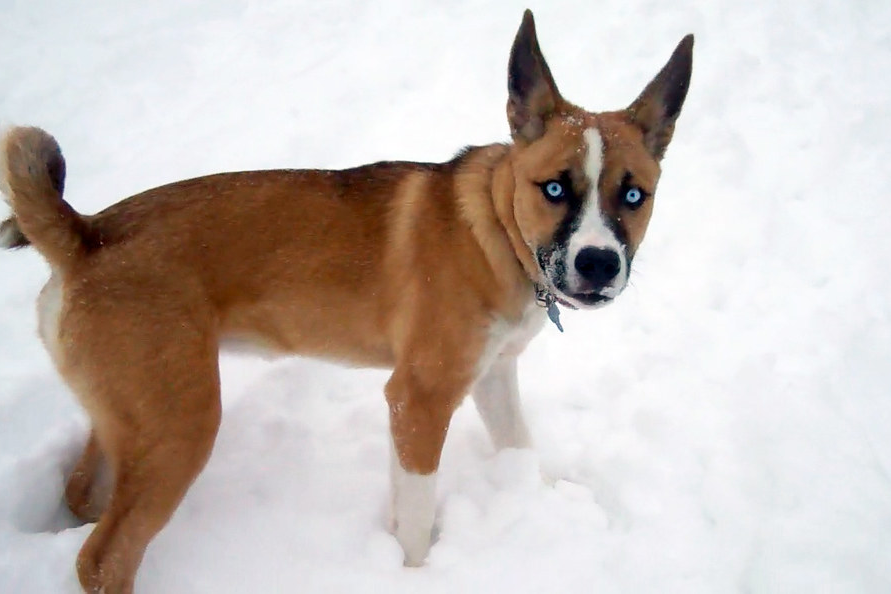
The Pitsky blends the Husky’s unstoppable energy with the Pitbull’s raw power, creating a dog that’s athletic but extremely demanding. They need hours of exercise, firm leadership, and constant stimulation to prevent destructive behavior. Without it, they become loud, restless, and prone to escaping. Their loyalty runs deep, but their stubbornness can frustrate even experienced owners. Pitskies require structure and purpose every single day. For active individuals who understand training and endurance, they can be rewarding. For most households, though, this crossbreed is simply too much dog to handle, no matter how loving or well-intentioned the owner may be.
76. Border Collie-Aussie Mix
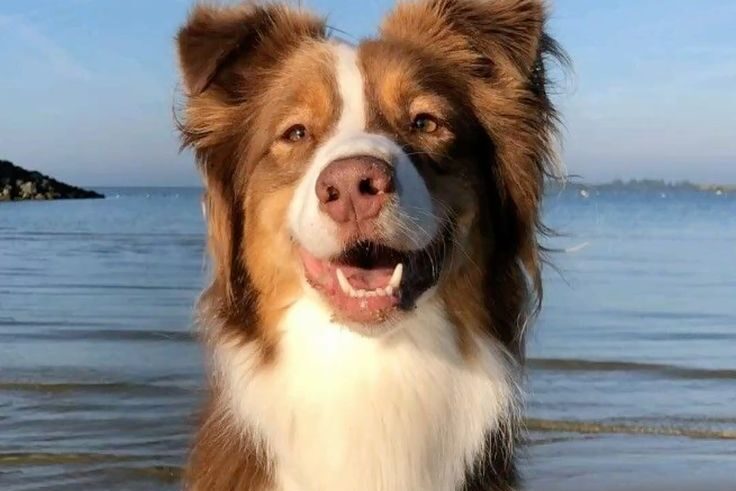
Combining two of the smartest and most active herding breeds results in an intense, work-driven dog. The Border Collie-Aussie mix thrives on purpose and challenge, but in average homes, that energy turns chaotic. They become restless, anxious, and destructive without constant tasks and open space. While affectionate and loyal, they’re simply too intelligent and high-strung for casual pet owners. These dogs crave activity that engages both body and mind, from agility to herding. Without it, they spiral into frustration. Their beauty and charm hide an exhausting reality: this mix demands a lifestyle most families aren’t prepared to sustain.
77. Chihuahua-Dachshund Mix (“Chiweenie”)
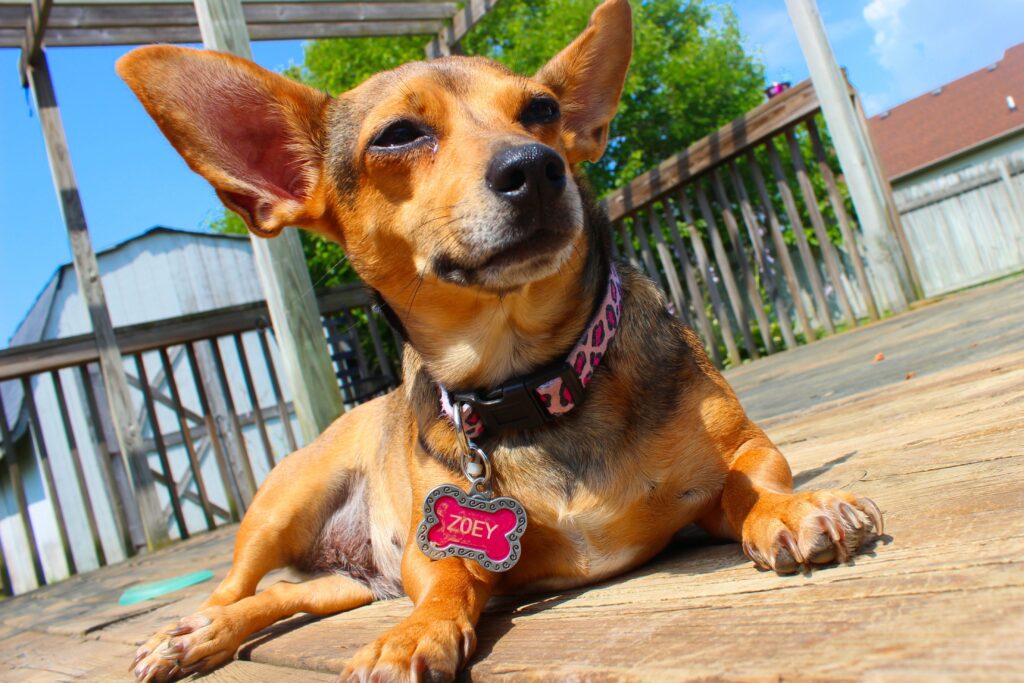
The Chiweenie may look adorable, but it combines two fiery personalities into one stubborn, loud little package. These dogs bark at everything and everyone, often becoming territorial despite their small size. They resist training, dislike strangers, and snap when annoyed. Though loyal to their favorite humans, they’re not ideal for families with children or other pets. Their energy levels and sass outpace their size, leading to big-dog behavior in tiny bodies. While undeniably cute and full of character, Chiweenies require patience, boundaries, and consistent handling. Without firm guidance, their charm quickly turns into chaos that overwhelms their owners.
78. Labrador-Husky Mix (“Labsky”)
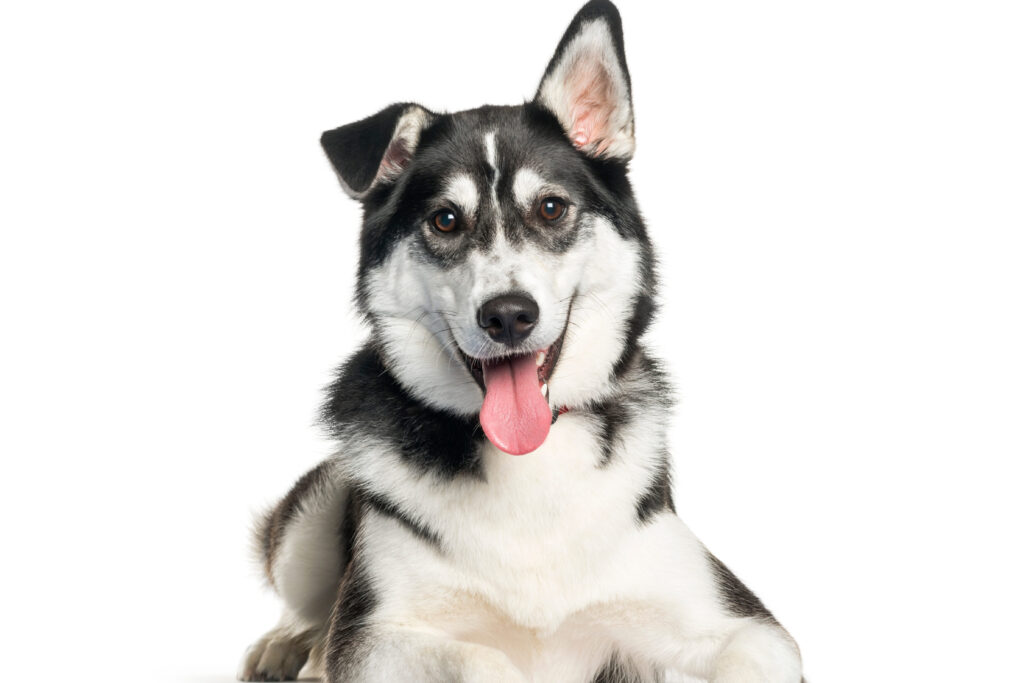
The Labsky combines the Labrador’s friendliness with the Husky’s independence, creating a smart but inconsistent dog. They love people yet crave freedom, often ignoring commands when distracted. Their high energy demands daily exercise, mental stimulation, and strong boundaries. Without those, they become vocal, destructive, and prone to escaping. While affectionate and playful, they’re challenging for first-time owners who underestimate their intensity. Their double coat also means constant shedding, adding to the upkeep. Labskies can be loyal and joyful companions, but only for owners willing to invest serious time and effort into consistent training and structured daily routines.
79. German Shepherd-Malinois Mix
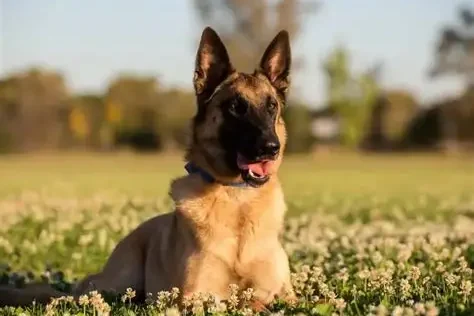
This mix combines two elite working breeds into one powerhouse. German Shepherds bring intelligence and protectiveness, while Belgian Malinois add drive and intensity. Together, they produce a dog with unmatched focus and physical ability, but also an enormous need for training and control. Without constant guidance and purposeful work, they become dangerously unpredictable. These dogs excel in police or military roles, not casual households. Inexperienced owners quickly find themselves overwhelmed by their energy and dominance. The German Shepherd-Malinois mix is a remarkable animal for professionals and a disaster waiting to happen in unprepared, everyday homes.
80. Dogs That Need Specialized Owners – Komondor
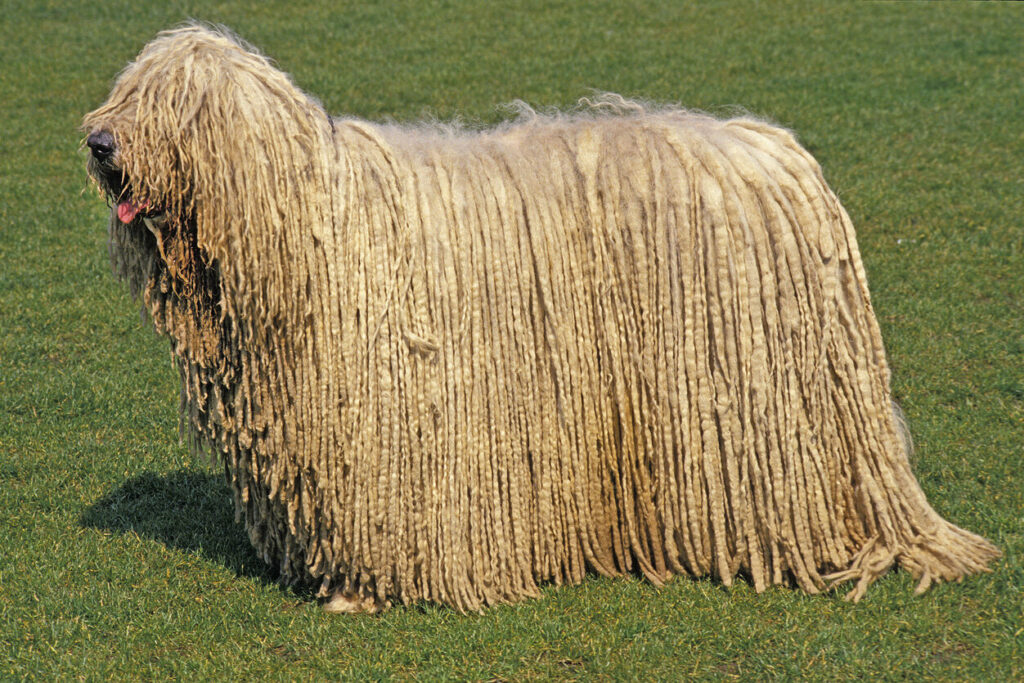
Komondors are striking with their mop-like cords, but that beauty demands incredible care. Their thick, rope-like coats trap dirt, debris, and moisture, often leading to odor or skin infections if not maintained. Grooming is a full-time job, requiring constant attention to keep their cords clean and dry. Originally bred to guard livestock, they’re also deeply territorial and suspicious of strangers. Their protective instincts can become overwhelming for inexperienced owners. While intelligent and loyal, Komondors thrive only with confident, patient handlers willing to manage their grooming, socialization, and guarding nature. They’re fascinating, but far from an easy household companion.
81. Chinese Crested
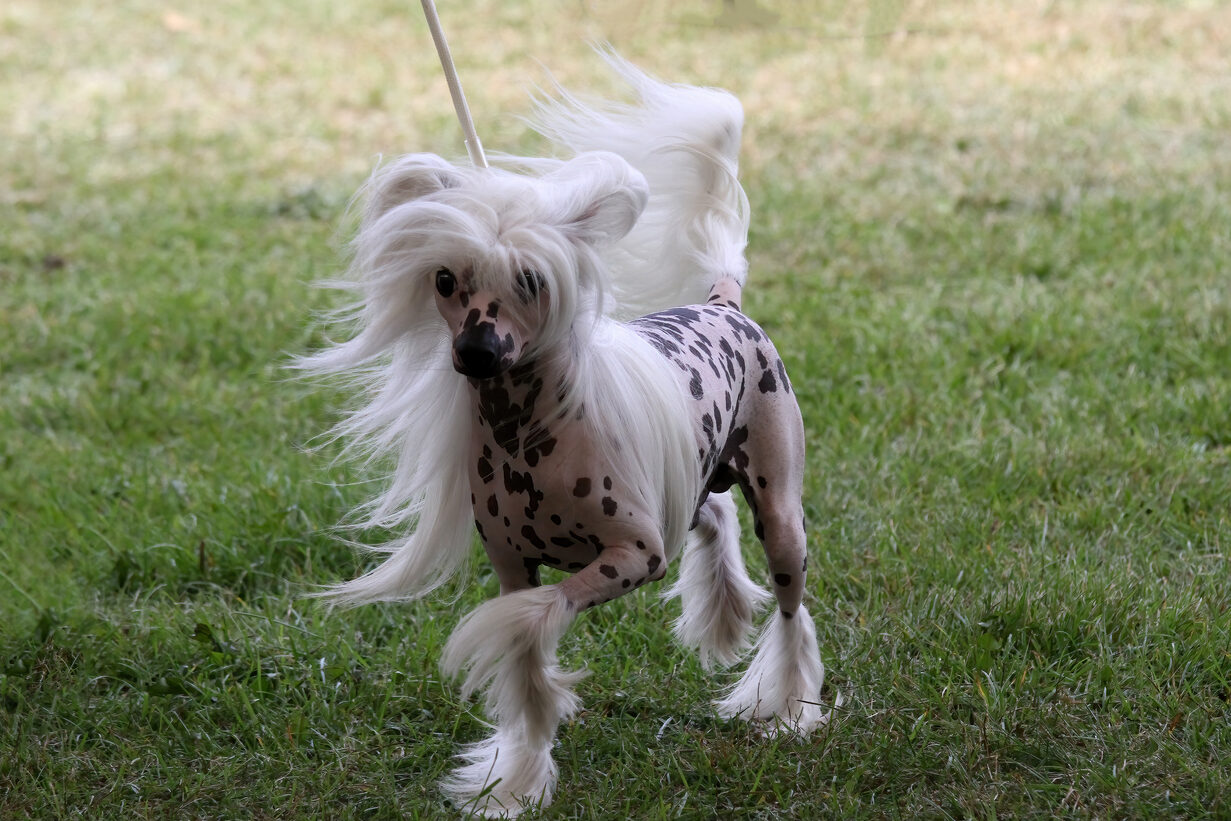
Chinese Cresteds are among the most unique and high-maintenance small breeds. Their hairless variety requires sunscreen during sunny days and sweaters during cold weather to protect sensitive skin. Without proper care, they develop rashes, dryness, and cuts easily. Their exposed skin also demands gentle cleaning and moisturizing routines. Though affectionate, playful, and loyal, their upkeep can be more demanding than many large dogs. The coated variety sheds less but still needs regular grooming. These dogs are better suited to dedicated owners who enjoy detailed care routines. Their delicate beauty comes with responsibility, patience, and daily commitment to skincare.
82. Xoloitzcuintli (Mexican Hairless Dog)
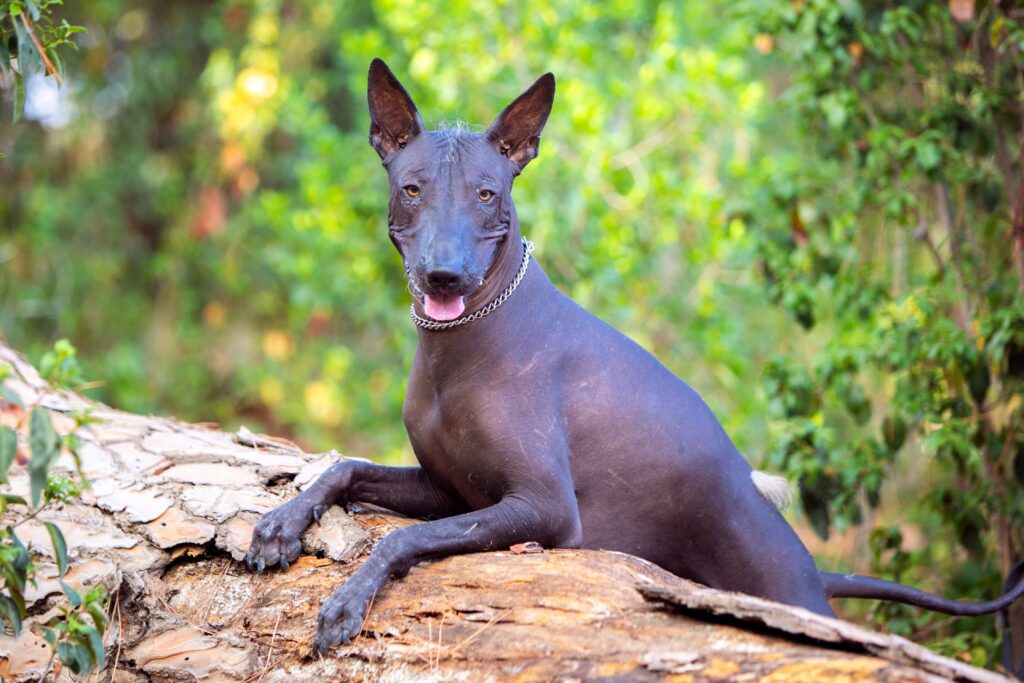
The Xoloitzcuintli, or Xolo, is an ancient breed revered for its calm, loyal temperament and nearly hairless skin. However, their exposed skin needs consistent cleaning and protection from both sun and cold. Without care, they develop burns, acne, or dryness. Their quiet, thoughtful nature means they dislike chaotic homes and sudden noise. While affectionate and intelligent, they bond deeply and can become anxious when left alone. Their low-shedding appeal hides the reality of constant skincare and emotional sensitivity. Xolos thrive in calm, structured households with owners willing to meet their unique physical and emotional needs every single day.
83. Puli
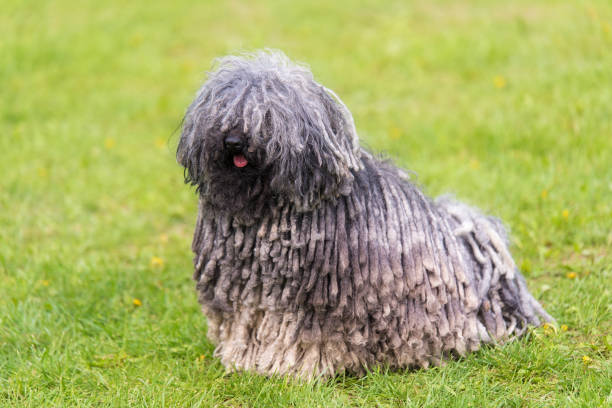
The Puli’s long, corded coat looks incredible but takes enormous effort to maintain. Without regular separation and cleaning, cords can mat together, trapping moisture and dirt that cause odor or infection. Originally bred as Hungarian herding dogs, they’re energetic, vocal, and obsessed with movement. Their intelligence and work ethic make them fascinating but demanding companions. They need constant exercise and mental stimulation to stay content. While their woolly coats and spirited personalities draw attention, their upkeep overwhelms many owners. Pulik thrive only with dedicated handlers who can balance grooming, structure, and activity in a busy yet controlled environment.
84. Pharaoh Hound
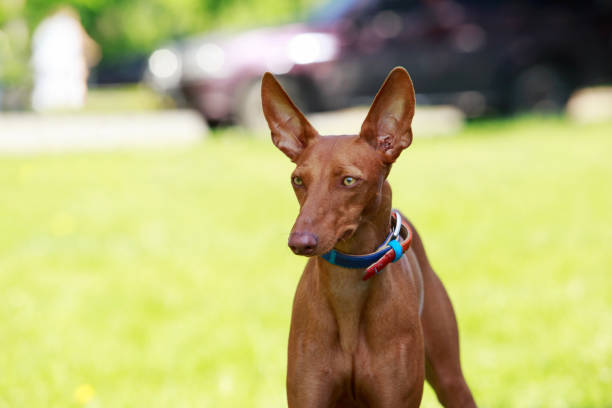
Pharaoh Hounds are elegant, athletic dogs with roots in ancient Egypt, but they’re not for everyone. Sensitive and intelligent, they react strongly to harsh voices or stress, needing gentle, patient handling. Their athleticism demands daily exercise and mental challenges, or they become restless and anxious. Despite their grace, they can be stubborn and independent, chasing small animals without hesitation. Their sleek coats require little grooming, but their temperament demands experience and time. Pharaoh Hounds shine with confident owners who understand canine behavior and enjoy high-energy breeds. For casual or first-time dog owners, they’re far more challenging than they appear.
Choosing the right dog isn’t about labels, it’s about fit. Many breeds aren’t “bad,” just poorly matched with modern lifestyles. High-energy, fragile, overprotective, or health-prone dogs often end up in shelters when owners can’t meet their needs. The takeaway is clear: research, honesty, and self-awareness are key to preventing heartbreak. The wrong dog can lead to stress and surrender, but the right match creates lasting happiness. Every breed can thrive in the right hands, what matters most is choosing with care, not impulse.


